-
Nazgul Costume Inspired by 'The Lord of the Rings' for Cosplay, Halloween, Themed parties Nazgul Costume Inspired by 'The Lord of the Rings' for Cosplay, Halloween, Themed parties
Nazgul Costume Inspired by 'The Lord of the Rings' for Cosplay, Halloween, Themed parties
Sale price $189.00 Regular price $299.00 -
Medieval Black Templar Cross Knight Outfit Full Body Set Armour Cosplay Halloween Suit Medieval Black Templar Cross Knight Outfit Full Body Set Armour Cosplay Halloween Suit
Medieval Black Templar Cross Knight Outfit Full Body Set Armour Cosplay Halloween Suit
Sale price $249.99 Regular price $499.99 -
Medieval Templar Knight Full Body Armor Outfit for Cosplay Halloween Suit Armor Medieval Templar Knight Full Body Armor Outfit for Cosplay Halloween Suit Armor
Medieval Templar Knight Full Body Armor Outfit for Cosplay Halloween Suit Armor
Sale price $799.00 Regular price $1,299.00 -
Witch King Gauntlets inspired by the Witch King of Angmar The Lord of the Rings Halloween Costume Witch King Gauntlets inspired by the Witch King of Angmar The Lord of the Rings Halloween Costume
-
Halloween Medieval Roman Reenactment Cuirass With Roman Helmet Outfit Costume Halloween Medieval Roman Reenactment Cuirass With Roman Helmet Outfit Costume
Halloween Medieval Roman Reenactment Cuirass With Roman Helmet Outfit Costume
Sale price $329.99 Regular price $899.99 -
Blackened 18 Gauge Steel Medieval Demonic Face Vader Sallet Helmet1 halloween Blackened 18 Gauge Steel Medieval Demonic Face Vader Sallet Helmet1 halloween
Blackened 18 Gauge Steel Medieval Demonic Face Vader Sallet Helmet1 halloween
Sale price $199.00 Regular price $280.00 -
Medieval Roman Muscle Cuirass Armor Knight Breastplate With Skirt Halloween Costume Medieval Roman Muscle Cuirass Armor Knight Breastplate With Skirt Halloween Costume
Medieval Roman Muscle Cuirass Armor Knight Breastplate With Skirt Halloween Costume
Sale price $399.99 Regular price $699.99 -
Medieval Roman Cuirass Greek Muscle Armor White LARP Knight Armor Halloween Costume Medieval Roman Cuirass Greek Muscle Armor White LARP Knight Armor Halloween Costume
Medieval Roman Cuirass Greek Muscle Armor White LARP Knight Armor Halloween Costume
Sale price $399.99 Regular price $699.99 -
Roman Muscle Cuirass with Shoulder Armor Greek Corinthian Helmet + 300 Spartan Leg Arm Guard & Shield Medieval Knight LARP Halloween Costume Roman Muscle Cuirass with Shoulder Armor Greek Corinthian Helmet + 300 Spartan Leg Arm Guard & Shield Medieval Knight LARP Halloween Costume
Roman Muscle Cuirass with Shoulder Armor Greek Corinthian Helmet + 300 Spartan Leg Arm Guard & Shield Medieval Knight LARP Halloween Costume
Sale price $289.99 Regular price $699.99 -
Medieval Helmet Knight Barbute Halloween Fully Functional Replica LARP Helmet Medieval Helmet Knight Barbute Halloween Fully Functional Replica LARP Helmet
Medieval Helmet Knight Barbute Halloween Fully Functional Replica LARP Helmet
Sale price $100.00 Regular price $150.00 -
Medieval Roman Muscle Cuirass Armor Knight Breastplate Armor Wearable Halloween Costume Medieval Roman Muscle Cuirass Armor Knight Breastplate Armor Wearable Halloween Costume
-
Skyrim Helm of Yngol Horned Helmet,16-gauge Solid Steel Halloween Costume/Cosplay Skyrim Helm of Yngol Horned Helmet,16-gauge Solid Steel Halloween Costume/Cosplay
Skyrim Helm of Yngol Horned Helmet,16-gauge Solid Steel Halloween Costume/Cosplay
Sale price $369.00 Regular price $489.00 -
Captain America 26-inch Metal Shield - Perfect for Kids' Halloween Cosplay Props Captain America 26-inch Metal Shield - Perfect for Kids' Halloween Cosplay Props
Captain America 26-inch Metal Shield - Perfect for Kids' Halloween Cosplay Props
Sale price $130.00 Regular price $170.00 -
Captain America Shield Replica | Winter Soldier Metal Prop | Avengers Costume Accessory | Ideal Halloween Gift Captain America Shield Replica | Winter Soldier Metal Prop | Avengers Costume Accessory | Ideal Halloween Gift
Captain America Shield Replica | Winter Soldier Metal Prop | Avengers Costume Accessory | Ideal Halloween Gift
Sale price $119.00 Regular price $150.00 -
Retro Medieval Helmet SCA Arm Medieval Crusader Greek Spartan Roman Halloween Costume Gold Retro Medieval Helmet SCA Arm Medieval Crusader Greek Spartan Roman Halloween Costume Gold
Retro Medieval Helmet SCA Arm Medieval Crusader Greek Spartan Roman Halloween Costume Gold
Sale price $120.00 Regular price $159.00 -
Metal Steel Mandalorian Helmet With Liner and Chin Strap For LARP/Cosplay/Role Play Halloween Costume Metal Steel Mandalorian Helmet With Liner and Chin Strap For LARP/Cosplay/Role Play Halloween Costume
Metal Steel Mandalorian Helmet With Liner and Chin Strap For LARP/Cosplay/Role Play Halloween Costume
Sale price $149.00 Regular price $190.00 -
Medieval Pauldrons Steel Shoulder & Bracer Gladiator Retiarius LOTR Halloween Medieval Pauldrons Steel Shoulder & Bracer Gladiator Retiarius LOTR Halloween
Medieval Pauldrons Steel Shoulder & Bracer Gladiator Retiarius LOTR Halloween
Sale price $189.00 Regular price $250.00 -
Medieval Lord Of The Ring Armour Helmet Wearable Adult Size Halloween Cosplay Armor Costume Medieval Lord Of The Ring Armour Helmet Wearable Adult Size Halloween Cosplay Armor Costume
Medieval Lord Of The Ring Armour Helmet Wearable Adult Size Halloween Cosplay Armor Costume
Sale price $149.00 Regular price $200.00 -
Medieval Great Barbuda Helmet ~ Knight Halloween Helmet Medieval Great Barbuda Helmet ~ Knight Halloween Helmet
Medieval Great Barbuda Helmet ~ Knight Halloween Helmet
Sale price $100.00 Regular price $189.00 -
Medieval Brass Templar Crusader Helmet SCA LARP Great Helmet Knight Halloween Medieval Brass Templar Crusader Helmet SCA LARP Great Helmet Knight Halloween
Medieval Brass Templar Crusader Helmet SCA LARP Great Helmet Knight Halloween
Sale price $100.00 Regular price $150.00 -
Helmet Roman Centurion Armor With Plume | Halloween Costume Props Helmet Roman Centurion Armor With Plume | Halloween Costume Props
Helmet Roman Centurion Armor With Plume | Halloween Costume Props
Sale price $125.00 Regular price $160.00 -
Handmade Roman Centurion Armor Helmet With Plume | Halloween Costume Props Handmade Roman Centurion Armor Helmet With Plume | Halloween Costume Props
Handmade Roman Centurion Armor Helmet With Plume | Halloween Costume Props
Sale price $120.00 Regular price $160.00 -
Halloween Blackened 18 Gauge Steel Medieval Demonic Face Death knight Helmet Halloween Blackened 18 Gauge Steel Medieval Demonic Face Death knight Helmet
Halloween Blackened 18 Gauge Steel Medieval Demonic Face Death knight Helmet
Sale price $199.00 Regular price $259.00 -
German Armor Steel Helmet Medieval Knight Brass German Helmet Halloween Gift German Armor Steel Helmet Medieval Knight Brass German Helmet Halloween Gift
German Armor Steel Helmet Medieval Knight Brass German Helmet Halloween Gift
Sale price $149.00 Regular price $189.00
Learn about : Halloween Costumes
Halloween Costumes: A Simple Overview
What Are Halloween Costumes? Halloween costumes are special outfits people wear on Halloween, which is celebrated every year on October 31. Originally, these costumes were meant to represent spooky creatures and mythical beings. Over time, especially by the 1930s, costumes based on popular characters from movies, books, and radio became more common. While kids typically wear costumes, adults have joined in the fun since the mid-20th century.
A Bit of History
The tradition of wearing costumes on Halloween goes way back. In Scotland, there are records from 1585 mentioning costumes for Halloween. This custom likely comes from ancient Celtic festivals like Samhain, which celebrated the start of winter. People believed that on this night, spirits could easily cross over into the living world.
How Costumes Evolved
During these early celebrations, people would dress up and visit homes, reciting verses in exchange for food. This was part of the mumming and guising tradition. It was thought that dressing as spirits would either appease them or protect people from any mischief they might cause.
Modern Celebrations
In North America, the tradition of wearing costumes on Halloween was first noted in 1911. By the 19th century, Halloween became a time for costume parades and parties. Initially, costumes were often handmade, but as trick-or-treating grew in popularity, companies started mass-producing costumes in the 1930s.
Popular Costume Themes
Today, Halloween costumes range from scary monsters like vampires and ghosts to fun characters from movies and TV. Many people enjoy dressing as superheroes, historical figures, or even cute animals. Women’s costumes, in particular, can sometimes lean towards being more revealing, which has sparked some debate.
Halloween Parties and Trends
Costume parties are a big part of Halloween celebrations, often happening on the weekend before the 31st. These parties rank as one of the most popular types of gatherings in the U.S.
Economic Impact
Halloween is a big business! In recent years, Americans have spent billions on costumes and decorations. For instance, in 2019, about $3.2 billion was spent on costumes alone.
Criticism and Controversy
Despite the fun, Halloween costumes can sometimes lead to criticism. Issues of cultural appropriation arise when costumes depict stereotypes of different cultures. Additionally, many women’s costumes are criticized for being overly sexualized compared to men’s costumes, which tend to be more accurate to the professions they represent.
Conclusion
Halloween costumes are a creative way to celebrate the spooky season. From historical roots to modern trends, they reflect both fun and cultural expressions. Whether you're dressing up as a ghost, a superhero, or something entirely unique, Halloween is all about embracing creativity and having a good time!
Halloween Costume History
- Ben Cooper, Inc.: This company is known for creating Halloween costumes, especially popular in the past. But now Collectible Gift Items.
- Fetish Fashion: Some Halloween costumes are inspired by fetish fashion, which emphasizes certain materials or styles.
- Punk Fashion: Punk fashion influences many Halloween outfits, showcasing a rebellious and edgy style.
- Rubber Masks: Rubber masks are a classic Halloween accessory, often used to create spooky or funny looks.
History of Halloween Costumes
- Costumes Since the 1500s: Costumes have been a big part of Halloween since the 16th century. Ghosts are a popular choice because of old beliefs about spirits visiting during this time.
- Catholic Influence: Halloween customs blended with Catholic traditions, focusing on themes from All Hallows' and All Souls' Days.
- Souling: This practice involved people going door-to-door asking for food in exchange for prayers for the dead. They carried lanterns made from hollowed-out turnips.
- Guising: Around the same time, people would dress up in costumes (guising) to ask for food while reciting traditional verses.
- Confusing Spirits: Wearing costumes might have been a way to confuse wandering spirits during Halloween.
- Danse Macabre: This was a celebration involving both the living and the dead, showing a mix of fear and joy.
- Medieval Pageants: In the Middle Ages, religious plays involved people dressing as saints and demons, celebrating biblical stories.
- Colors of Halloween: Today, black and orange are essential colors for Halloween costumes, connected to old superstitions.
- Soul Cakes: Over time, poor people would offer prayers for the dead in exchange for "soul cakes," asking for these treats with catchy phrases.
- Cultural Festivals: Halloween includes various cultural elements, with costumes often reflecting diverse influences.
- Consumer Spending: Halloween is now a huge event, with people spending billions on costumes and decorations.
- Social Media Impact: Platforms like social media shape trends and what costumes are popular each year.
- Cultural Sensitivity: Some costumes can be disrespectful, leading to discussions about cultural appropriation.
- Fun and Creativity: Despite controversies, the spirit of creativity and fun is central to Halloween celebrations.
- Costume Evolution: Over the years, costumes have changed from traditional to modern interpretations, reflecting current trends.
- Rituals and Celebrations: Many customs surrounding Halloween involve rituals that honor the dead while celebrating life.
- Role of Children: Kids often participate in trick-or-treating, dressed in costumes, continuing the tradition of fun and community.
- Importance of Community: Halloween brings neighborhoods together through shared activities like decorating and trick-or-treating.
- Environmental Impact: Many are now considering the environmental effects of disposable costumes and decorations.
- Local Variations: Different regions have unique Halloween traditions, showing the diversity in celebrations.
- Pop Culture Influence: Movies, TV shows, and music often inspire Halloween costumes, showcasing characters and themes.
- DIY Costumes: Many people choose to make their own costumes, adding a personal touch to the celebration.
- Pet Costumes: Dressing up pets for Halloween has become popular, with many owners creating fun looks for their furry friends.
- Haunted Attractions: Many people visit haunted houses and attractions, adding to the spooky experience of Halloween.
- History of Masks: Masks have been used for centuries, originally to protect or confuse spirits.
- Importance of Tradition: Halloween traditions connect us to our past, reminding us of ancient customs related to death and celebration.
- Role of Food: Halloween treats like candy and soul cakes are an important part of the celebration, adding to the festive atmosphere.
- Costume Contests: Many communities hold contests for the best costumes, encouraging creativity and participation.
- Safety Practices: As Halloween has evolved, safety practices for trick-or-treating have become more important.
- Charitable Activities: Some Halloween events focus on charity, encouraging people to give back to the community.
- Use of Technology: Technology plays a role in modern Halloween, with online shopping and social media influencing choices.
- Influence of Fashion Trends: Current fashion trends often find their way into Halloween costumes, showcasing what’s popular.
- Cultural Representation: It's important to represent cultures respectfully in costume choices, avoiding stereotypes.
- Historical Events: Some costumes reflect historical figures or events, adding an educational aspect to Halloween.
- Role of Music: Halloween-themed music contributes to the festive atmosphere, with many songs associated with the holiday.
- Family Traditions: Many families have their own Halloween traditions, making the holiday special for them.
- Use of Props: Props and accessories play a big role in completing Halloween costumes, enhancing the overall look.
- Celebrity Influence: Celebrities often set trends for Halloween costumes, inspiring fans with their choices.
- Impact of Horror Genre: The horror genre in films and literature significantly influences Halloween costume themes.
- Volunteer Opportunities: Halloween can also be a time for volunteering, helping those in need within the community.
- Educational Activities: Schools often engage students in Halloween-themed activities, blending fun with learning.
- Traditions Around the World: Halloween has similar celebrations in other cultures, each with its unique twist.
- Recycling Costumes: Many people choose to recycle or exchange costumes, promoting sustainability.
- Parades and Events: Halloween parades and festivals are common, allowing communities to celebrate together.
- Influence of Horror Stories: Traditional ghost stories and urban legends shape the way we view Halloween.
- Connection to Nature: Some Halloween customs relate to seasonal changes, connecting us to nature.
- Role of Superstitions: Superstitions associated with Halloween add an intriguing layer to the holiday.
- Costume History: Understanding the history of costumes enriches the Halloween experience.
- Community Involvement: Many neighborhoods host events that encourage everyone to participate in the Halloween spirit.
- Legacy of Halloween: The customs and traditions surrounding Halloween continue to evolve, reflecting changes in society.
Halloween: A Simple Overview
Sources:
- Addis, M.E. "Allhallowtide." Frank Leslie's Popular Monthly. November 1895.
- Dunwich, Gerina. A Witch's Halloween. Adams Media, 2007.
- Denny, Dann. "Adults go for sexy or funny looks on Halloween." Herald-Times, 28 Oct. 2010.
- Dowling, Melissa. "Sexy Sells Halloween Costumes." Multichannel Merchant, 2010.
- "Halloween." In Encyclopedia of the End. Houghton Mifflin Co., 2008.
- Levinson, Stacey et al. "Halloween As a Consumption Experience." Advances in Consumer Research, 1992.
- Lherm, Adrien. "Halloween — A 'Reinvented' Holiday." In Celebrating Ethnicity and Nation. Berghahn Books, 2001.
- Nelson, Adie. "The Pink Dragon Is Female." Psychology of Women Quarterly, 2000.
- Northrup, Lesley A. Women and Religious Ritual. Pastoral Press, 1993.
- Ogletree, Shirley Matile, and Larry Denton. "Age and Gender Differences In Children's Halloween Costumes." Journal of Psychology, 1993.
- Rogers, Nicholas. Halloween: From Pagan Ritual to Party Night. Oxford University Press, 2002.
- Seltzer, Sarah. "Embracing Our Inner Monsters." The New York Times, 28 Oct. 2012.
Further Reading
- Galembo, Phyllis. Dressed for Thrills: 100 Years of Halloween Costumes and Masquerade. Harry N. Abrams, 2002.
What is Halloween?
Halloween, also called Hallowe'en, is celebrated on October 31st. It’s the day before All Hallows' Day, which honors saints and remembers those who have passed away. Over time, Halloween has become a day for spooky fun and horror themes.
Where Did Halloween Come From? Some believe Halloween traditions come from ancient Celtic harvest festivals, especially the festival called Samhain. Others think it started as a Christian holiday linked to All Hallows' Day. Irish and Scottish immigrants brought these customs to North America in the 1800s, and now Halloween is celebrated in many countries.
Fun Activities on Halloween
People enjoy a variety of activities during Halloween, such as:
- Trick-or-treating (asking for candy in costumes)
- Costume parties
- Carving pumpkins into jack-o'-lanterns
- Lighting bonfires
- Playing games like apple bobbing
- Telling scary stories
- Watching horror movies
For some, Halloween is also a time for religious observances, like attending church and remembering the deceased. Traditionally, people might eat vegetarian foods on this day.
The Word "Halloween"
The term "Halloween" comes from "All Hallows' Eve," which means the evening before All Hallows' Day. It has roots in Christian traditions.
History and Customs
Halloween has Christian origins, celebrating the evening before All Saints' Day on November 1st. Since early Christian times, important feasts began the night before. Halloween is part of a time called Allhallowtide, when people remember saints and pray for souls who have not yet reached Heaven.
In the 8th century, Pope Gregory III started a special place in St. Peter's Church to keep the relics of the apostles and all saints, martyrs, and confessors. Some stories say this place was dedicated on November 1, while others say it was on Palm Sunday in April 732.
By the year 800, there is proof that churches in Ireland and Northumbria were celebrating a feast for all saints on November 1. Alcuin of Northumbria, who worked with Charlemagne, might have brought this date to the Frankish Empire. In 835, November 1 became the official date in that region.
Some think this date was influenced by Celtic traditions, while others believe it came from Germanic customs. Both Celtic and Germanic people honored the dead at the start of winter, which seemed like a natural time to remember those who had passed away, as nature itself was ‘dying.’
Another reason for choosing this date could be practical. Rome in summer was very crowded with pilgrims, and there were concerns about public health due to illnesses that spread during hot weather. Moving the celebration to November might have helped with these issues.
On All Hallows' Eve, many Christians visit cemeteries to pray and place flowers and candles on the graves of their loved ones. For example, in Bangladesh, people light candles on their relatives' graves, while in some places, Lutheran Christians pray and light candles in front of a central cross in a graveyard.
By the end of the 12th century, the celebration became known as a special holy time in Western Christianity. During this time, church bells were rung to remember souls in purgatory. It was common for people dressed in black to walk through the streets, ringing bells and reminding everyone to think of the poor souls.
One tradition during this time was baking and sharing "soul cakes" for those who had been baptized. This practice is thought to be an early form of trick-or-treating. This tradition dates back to at least the 15th century and was seen in places like England, Wales, Flanders, Bavaria, and Austria. Poor people, especially children, would go door-to-door collecting soul cakes in exchange for prayers for the dead, especially for the souls of the people who gave them the cakes. This was called "souling."
Soul cakes were often marked with a cross to show they were made as gifts. Shakespeare even mentioned souling in his play, The Two Gentlemen of Verona.
While souling, people would carry lanterns made from hollowed-out turnips, which may have symbolized the souls of the dead. These lanterns, known today as jack-o'-lanterns, were also used to scare away evil spirits.
During the 19th century, on All Saints' and All Souls' Days, candles were lit in homes across places like Ireland and Bavaria. These candles, called "soul lights," were meant to help guide the souls back to visit their families. Candles were also lit on graves on All Souls' Day.
In Brittany, people would pour milk on the graves of family members or leave food on the dinner table overnight for the returning souls. This custom was also found in Tyrol and parts of Italy.
Christian minister Prince Sorie Conteh explained that wearing costumes is linked to the belief in angry ghosts. People believed that the souls of the dead roamed the earth until All Saints' Day, and on All Hallows' Eve, these souls might seek revenge on their enemies. To avoid being recognized by any vengeful spirit, people would wear masks or costumes.
In the Middle Ages, some churches in Europe that couldn’t afford to show relics of saints let their members dress up as saints instead. Some Christians still practice this today during Halloween. Lesley Bannatyne suggests this could be a way of combining an old pagan tradition with Christian beliefs.
In mainland Europe, especially in France, many believed that on Halloween, the dead would rise for a wild event called the danse macabre, often shown in church decorations. Historians Christopher Allmand and Rosamond McKitterick noted that the danse macabre reminded Christians to remember that everything on earth eventually comes to an end.
This danse macabre was sometimes performed in village celebrations and court plays, where people dressed as corpses from different social classes. This tradition may have inspired modern Halloween costume parties.
In Britain, Halloween customs faced criticism during the Reformation. Protestants opposed the idea of purgatory, seeing it as a "popish" belief that didn’t fit with their views on predestination. During Queen Elizabeth's reforms, state-sanctioned ceremonies for praying for souls in purgatory were stopped, but All Hallow's Day stayed on the church calendar to honor saints as good people.
Some Nonconformist Protestants changed how they viewed All Hallows' Eve. They believed that souls weren’t traveling from purgatory to heaven as Catholics thought. Instead, they believed that what people saw as ghosts were actually evil spirits. Other Protestants believed in a place called Hades, also known as the Bosom of Abraham.
Despite these changes, in some areas, both Catholics and Protestants continued traditions like souling, candlelit processions, and ringing church bells for the dead.
The Anglican Church eventually stopped the practice of ringing bells for the dead. Historians Mark Donnelly and Daniel Diehl explain that barns and homes were blessed to protect people and animals from witches, who were thought to travel with evil spirits.
After 1605, Hallowtide in England was overshadowed by Guy Fawkes Night on November 5, which took on some of its traditions. With the end of official ceremonies for the saints, new unofficial Hallowtide customs emerged. In rural Lancashire during the 18th and 19th centuries, Catholic families would gather on All Hallows' Eve. One person would hold a burning bundle of straw on a pitchfork while others knelt and prayed for deceased relatives until the flames died out. This practice was called teen'lay. Similar traditions existed in Hertfordshire and the lighting of 'tindle' fires in Derbyshire, which some believed were meant to guide lost souls back.
In Scotland and Ireland, traditional Allhallowtide customs continued despite Reformed teachings because they were important to local communities and their rituals.
In some parts of Italy, families used to leave meals out for the spirits of their relatives until the 15th century before heading to church. By the 19th century, Italian churches began to put on plays that reenacted scenes from the lives of saints, using realistic wax figures. For example, in 1823, a graveyard in Rome displayed the bodies of recently deceased people around a wax angel pointing to heaven.
During this time, parish priests would go door-to-door asking for small food donations, which they shared that night.
In Spain, people still bake special pastries called "bones of the holy" (Huesos de Santo) and place them on graves. At cemeteries in Spain, France, and Latin America, priests lead Christian processions and services during Allhallowtide, and people often keep a vigil all night. In the 19th century, there was a procession in San Sebastián that attracted beggars who sought sympathy by reminding people of their deceased loved ones.
Gaelic Folk Influence on Halloween
Many Halloween traditions today are believed to have roots in folk customs from Celtic-speaking countries, which may have pagan origins. Folklorist Jack Santino notes that in Ireland, there was a complex relationship between Christian customs and older Irish beliefs that existed before Christianity. The origins of Halloween are often connected to the Gaelic festival called Samhain, which marks the end of the harvest season and the beginning of winter.
Samhain is one of the four major days in the medieval Gaelic calendar and is celebrated from October 31 to November 1 in Ireland, Scotland, and the Isle of Man. Similar festivals are observed by the Brittonic Celts, known as Calan Gaeaf in Wales, Kalan Gwav in Cornwall, and Kalan Goañv in Brittany, all meaning "first day of winter." For the Celts, the day started and ended at sunset, so the festivities actually begin the evening before November 1.
Samhain is mentioned in some of the oldest Irish literature, and the names associated with it have been used by historians to refer to Celtic Halloween traditions up until the 19th century. They are still recognized today as the Gaelic and Welsh terms for Halloween.
"Snap-Apple Night," also known as All-Hallow Eve, is a painting by Daniel Maclise created in 1833. The artwork captures a lively scene in Ireland where people are enjoying food and playing divination games during Halloween. This celebration reflects the mix of fun and superstition that characterizes the holiday, showcasing traditional customs that have been passed down through generations.
Samhain marked the end of the harvest and the start of winter, known as the 'darker half' of the year. This time was seen as special because the line between our world and the Otherworld became thinner. It was believed that the Aos Sí, or 'spirits' and 'fairies,' could come into our world more easily during this period. Many scholars think these spirits are older versions of ancient gods, still powerful in people's minds even after new religions took over.
The Aos Sí were both respected and feared. People often asked for God's protection when near their homes. To keep the Aos Sí happy and ensure the safety of people and livestock during winter, offerings of food and drink were left outside. It was also believed that the souls of the dead would visit their homes, so places were set at the dinner table to welcome them.
This idea of the dead returning home for one night and needing to be honored is ancient and seen in many cultures. In 19th-century Ireland, people would light candles and say prayers for the souls of the dead before starting their celebrations of eating, drinking, and playing games.
In Ireland and Britain, especially in Celtic areas, people celebrated with fun activities and rituals that aimed to predict the future, particularly about marriage and death. Common items used for these customs included apples and nuts. Popular activities included apple bobbing, roasting nuts, looking into mirrors, pouring molten lead or egg whites into water, and interpreting dreams.
Bonfires were a big part of the celebrations, as their flames, smoke, and ashes were believed to be protective and purifying. In some places, torches lit from the bonfire were carried around homes and fields in a clockwise direction for protection. The fires were thought to represent the Sun, helping to hold back the decay and darkness of winter. They were also used for fortune-telling and to scare away evil spirits.
In Scotland, church leaders sometimes banned these bonfires and divination games in certain areas. In Wales, bonfires were lit to prevent the souls of the dead from falling to the earth, and later, they were thought to keep the devil away.
From at least the 16th century, Halloween festivities in Ireland, Scotland, the Isle of Man, and Wales included activities known as mumming and guising. People would dress up in costumes or disguises and go from house to house, often reciting poems or songs in exchange for food. This practice may have started as a way for people to act like the Aos Sí, or the souls of the dead, receiving offerings for them, much like the tradition of "souling." Wearing disguises was also believed to offer protection from these spirits.
In some parts of southern Ireland, those who guised included a man dressed as a white mare, known as a Láir Bhán. He would lead a group of youths around, reciting verses with pagan themes to collect food. Households that gave food could expect good luck from the 'Muck Olla,' while those who didn’t could face misfortune.
In Scotland, young people often painted their faces or wore masks as they went door-to-door, sometimes playfully threatening mischief if they weren't welcomed. Some believe that the festival originally included people in costumes meant to represent spirits, with faces marked using ashes from the sacred bonfire. In Wales, men would dress as scary beings called gwrachod.
In the late 19th and early 20th centuries, it was common for young people in places like Glamorgan and Orkney to cross-dress during the celebrations.
In various parts of Europe, mumming was part of different festivals, but in Celtic-speaking areas, it was especially fitting for a night when supernatural beings were believed to roam. By at least the 18th century, this practice of "imitating evil spirits" led to playful pranks in Ireland and the Scottish Highlands. However, the tradition of wearing costumes and playing tricks on Halloween didn’t really make its way to England until the 20th century.
During Halloween, pranksters often used hollowed-out turnips or mangel wurzels to create lanterns, carving them with spooky faces. These lanterns were thought to represent spirits or were used to keep evil spirits away. In the 19th century, this custom was common in parts of Ireland and the Scottish Highlands, as well as in Somerset, where it was celebrated as Punkie Night. By the 20th century, the tradition spread to other areas of Britain and the lanterns became widely known as jack-o'-lanterns.
Halloween's Journey to North America
Lesley Bannatyne and Cindy Ott note that Anglican settlers in the southern United States and Catholic settlers in Maryland acknowledged All Hallow's Eve in their church calendars. However, the Puritans in New England were strongly against Halloween, as well as other traditional holidays like Christmas.
In fact, almanacs from the late 18th and early 19th centuries show that Halloween wasn't widely celebrated in North America at that time.
Decorated house in Weatherly, Pennsylvania
Halloween became a significant holiday in the U.S. mainly after the mass immigration of Irish and Scottish people in the 19th century. Most American Halloween customs came from these immigrant communities. In some Cajun areas, a nighttime Mass was held in cemeteries on Halloween, where families would place blessed candles on graves and sometimes stay overnight at the graveside.
Initially, these traditions were mostly celebrated within immigrant communities, but by the early 20th century, Halloween spread across the country and was enjoyed by people from all walks of life, regardless of social, racial, or religious backgrounds. Eventually, American Halloween customs influenced other countries, reaching parts of Europe and the Far East by the late 20th and early 21st centuries.
Symbols of Halloween
During Halloween, many people decorate their yards, public spaces, and homes with spooky symbols like skeletons, ghosts, cobwebs, headstones, and witches.
The traditions surrounding these Halloween symbols developed over time. One popular symbol is the jack-o'-lantern, which is often carried by those in costumes on All Hallows' Eve to scare away evil spirits. According to a well-known Irish folktale, the jack-o'-lantern represents a "soul that has been denied entry into both heaven and hell."


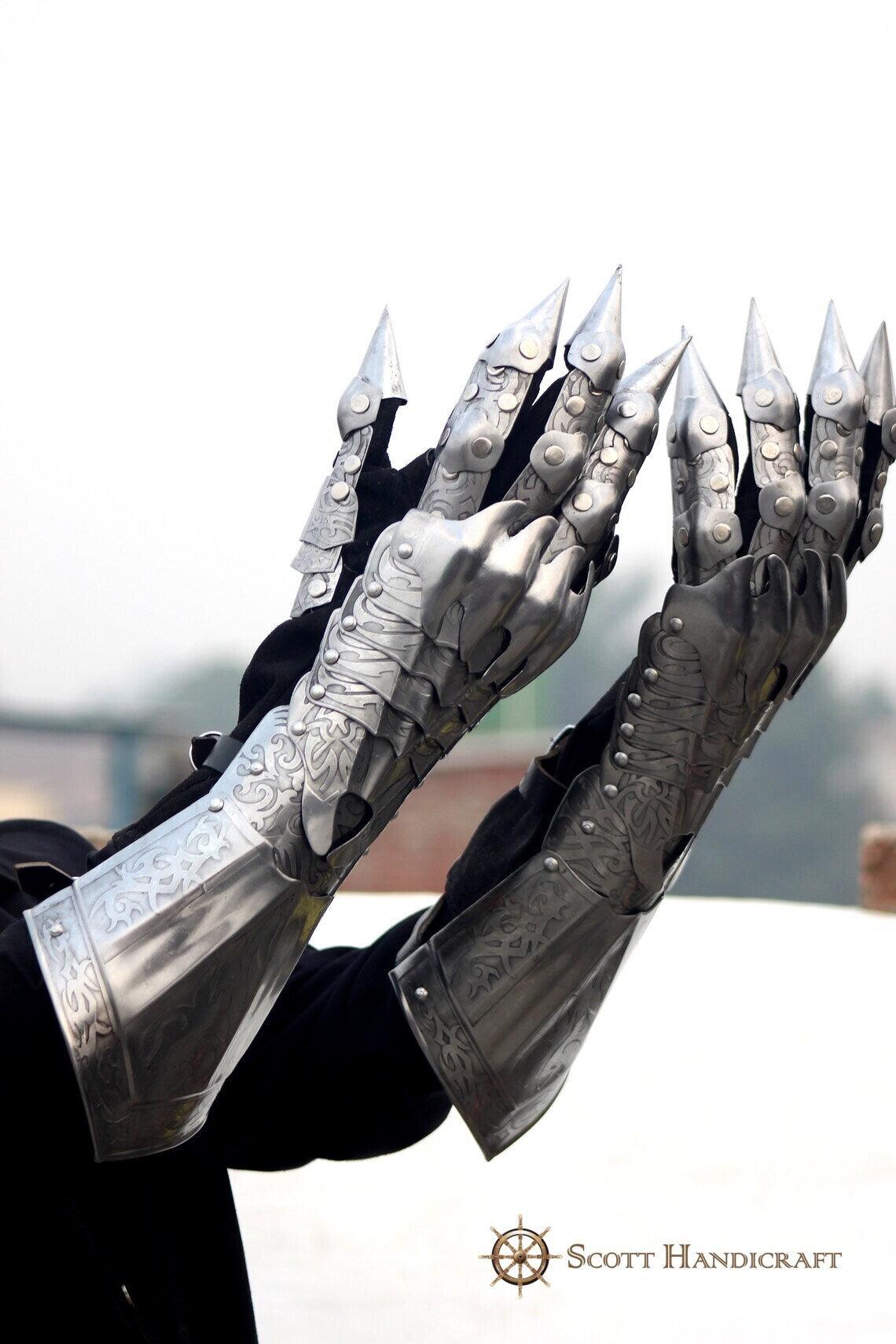
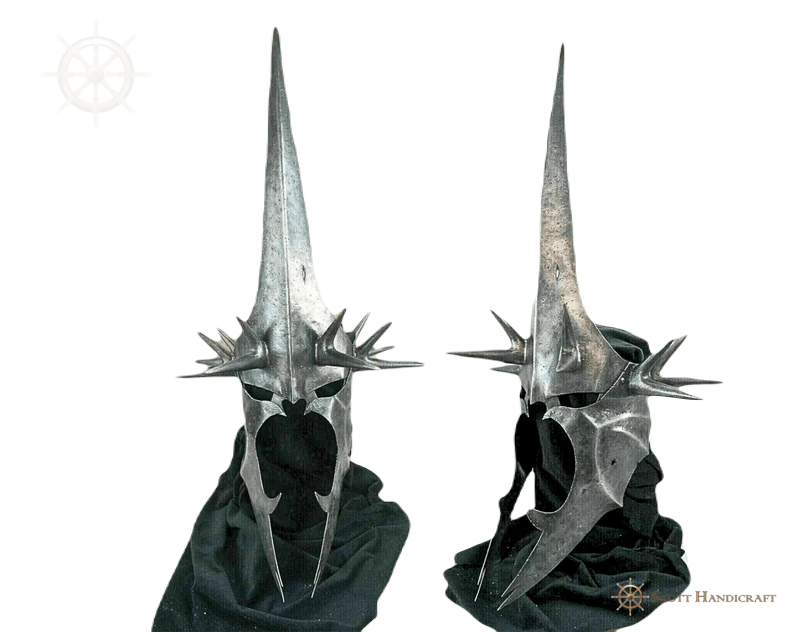
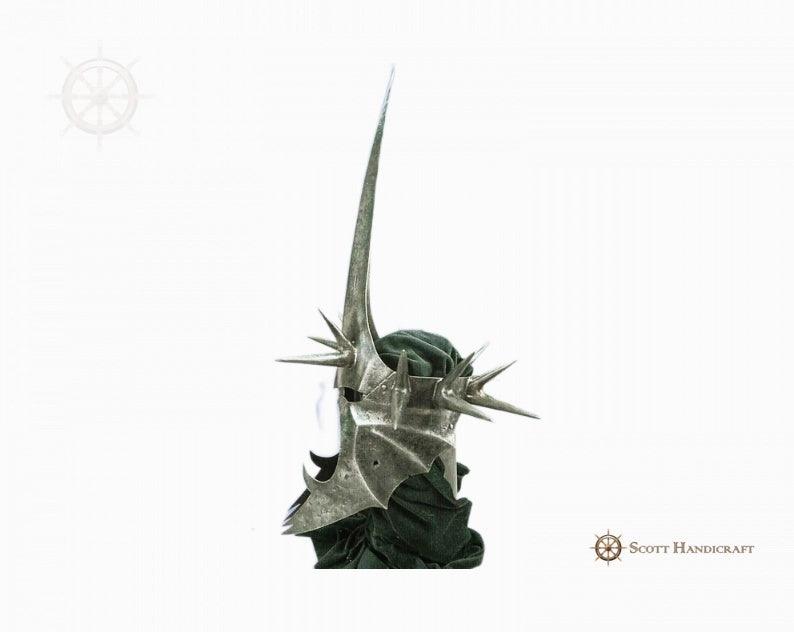
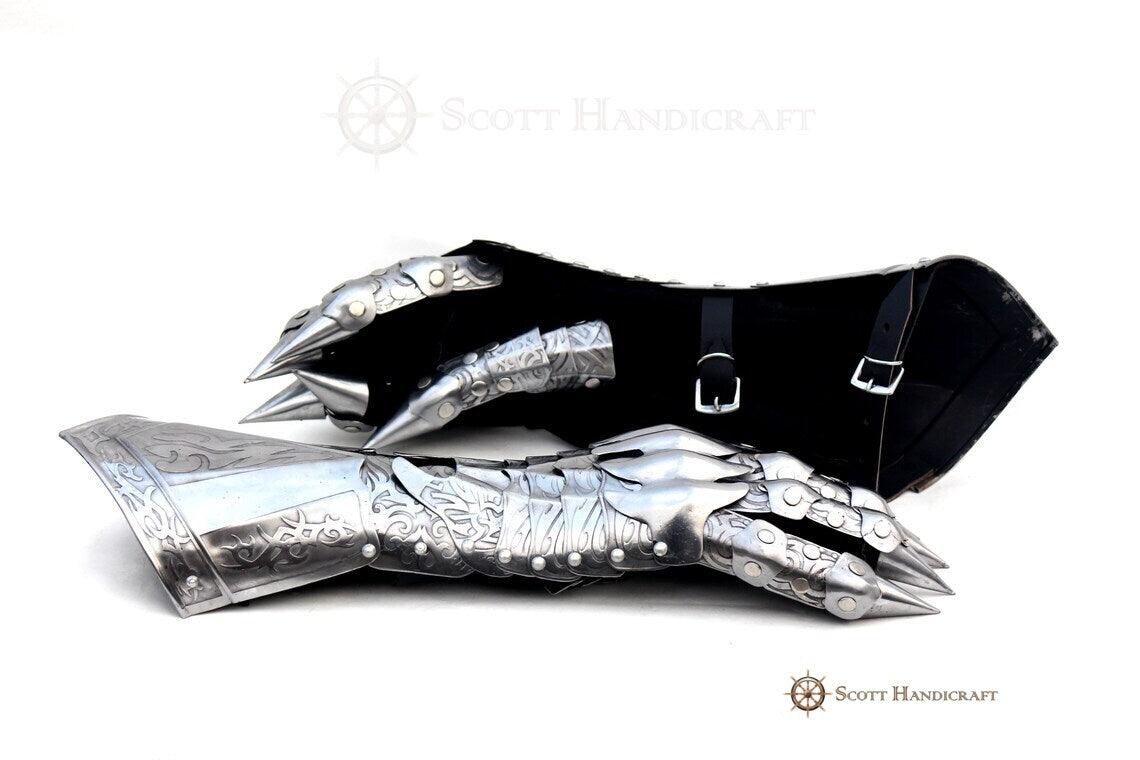
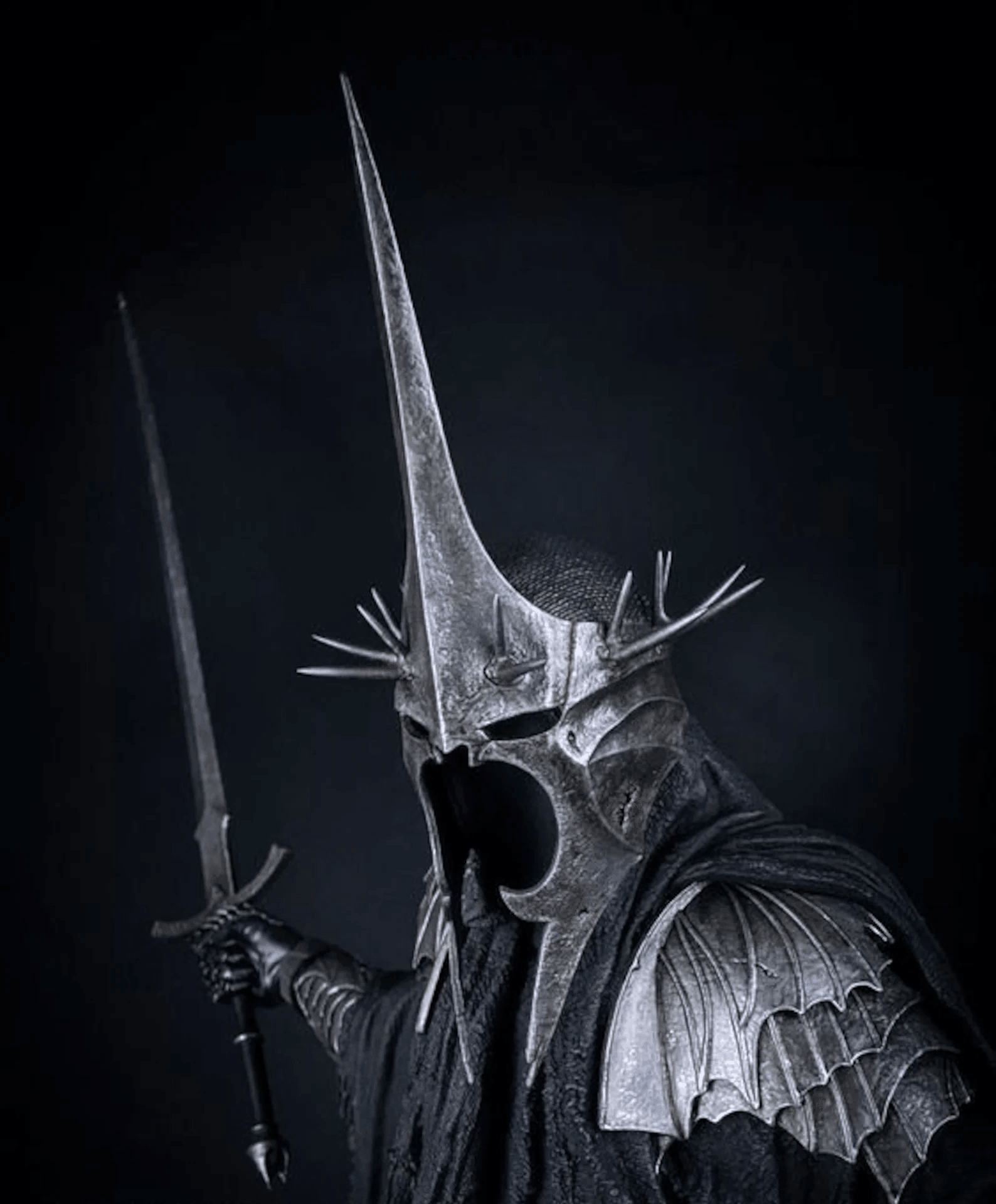
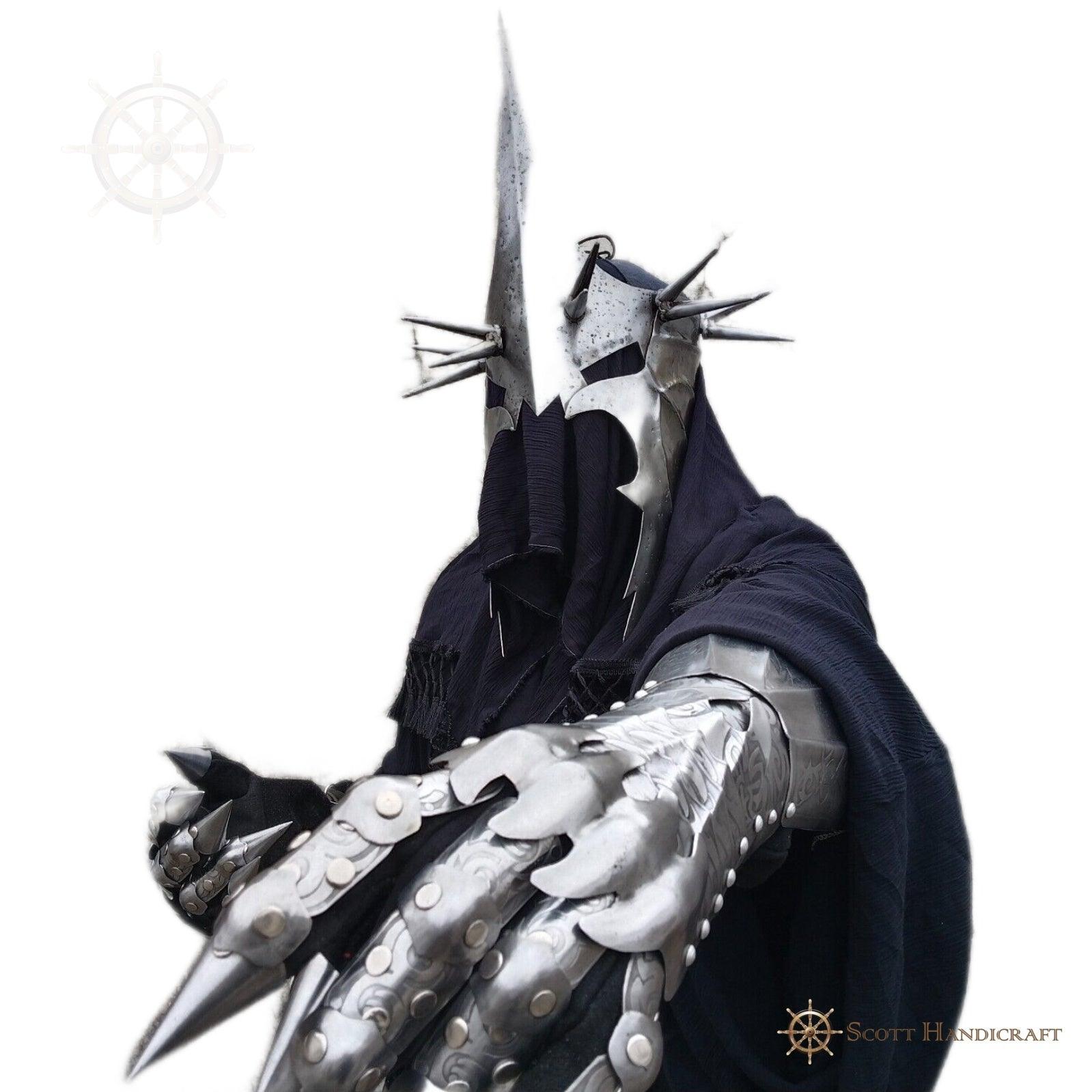
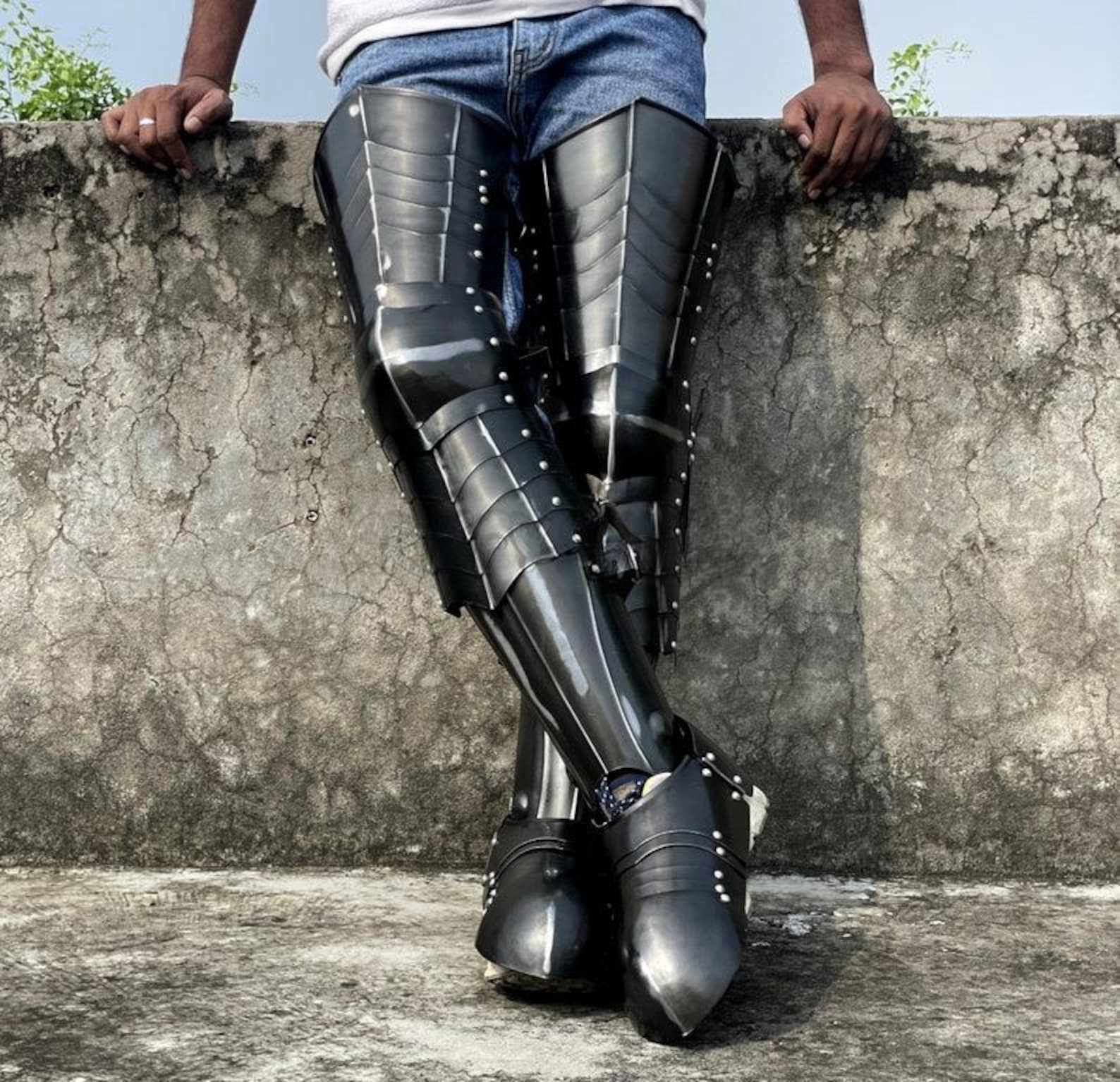
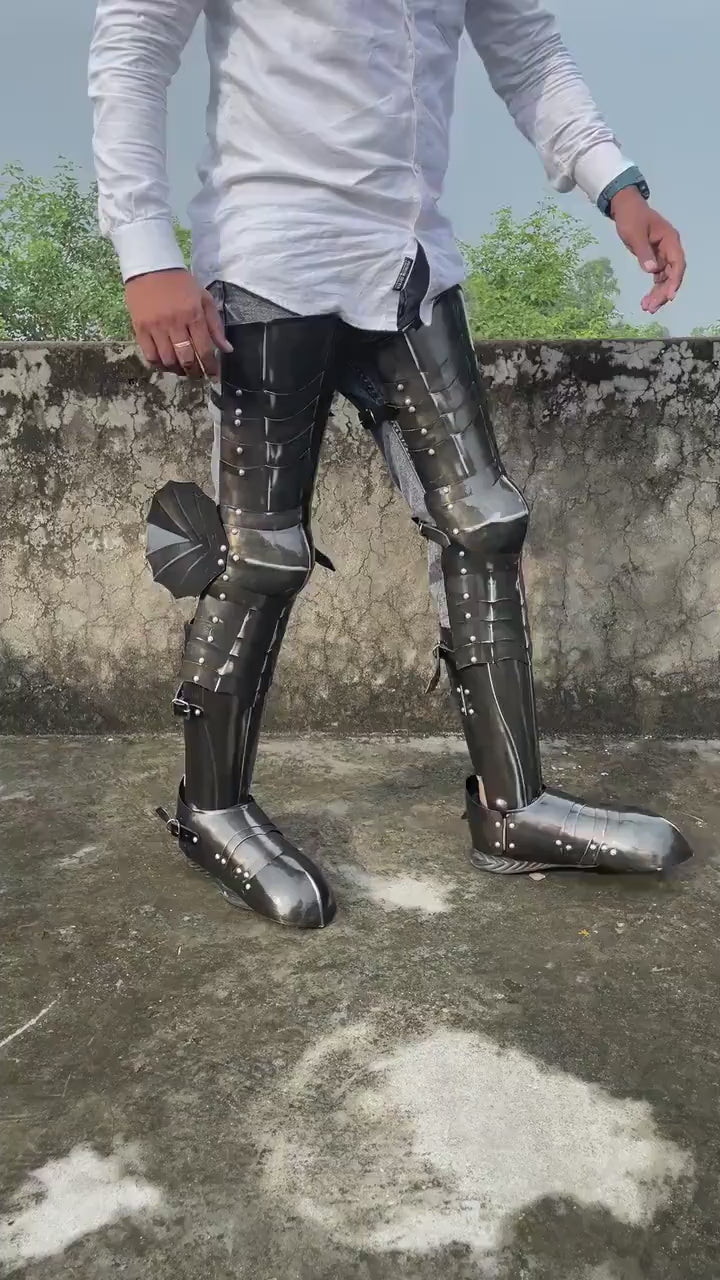
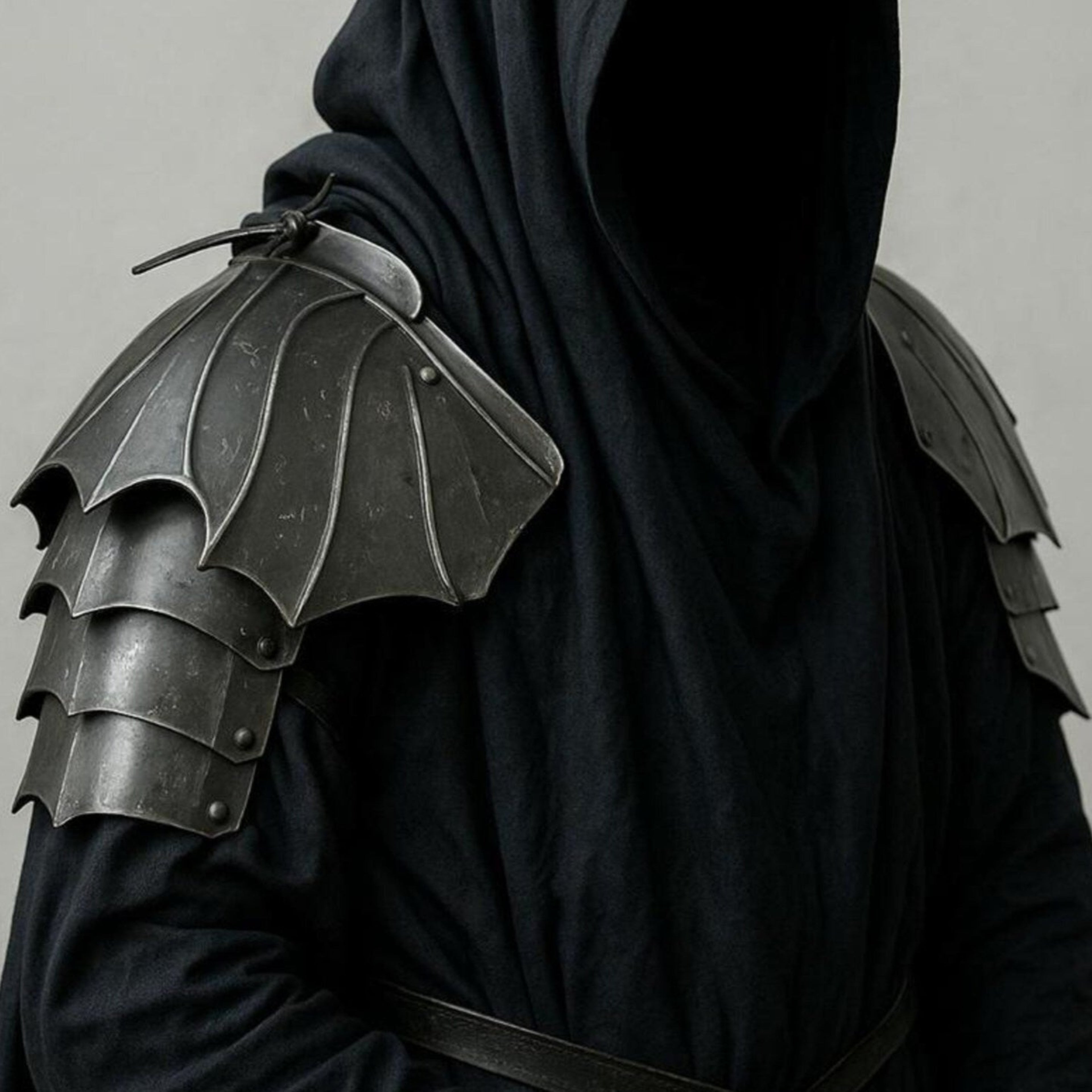
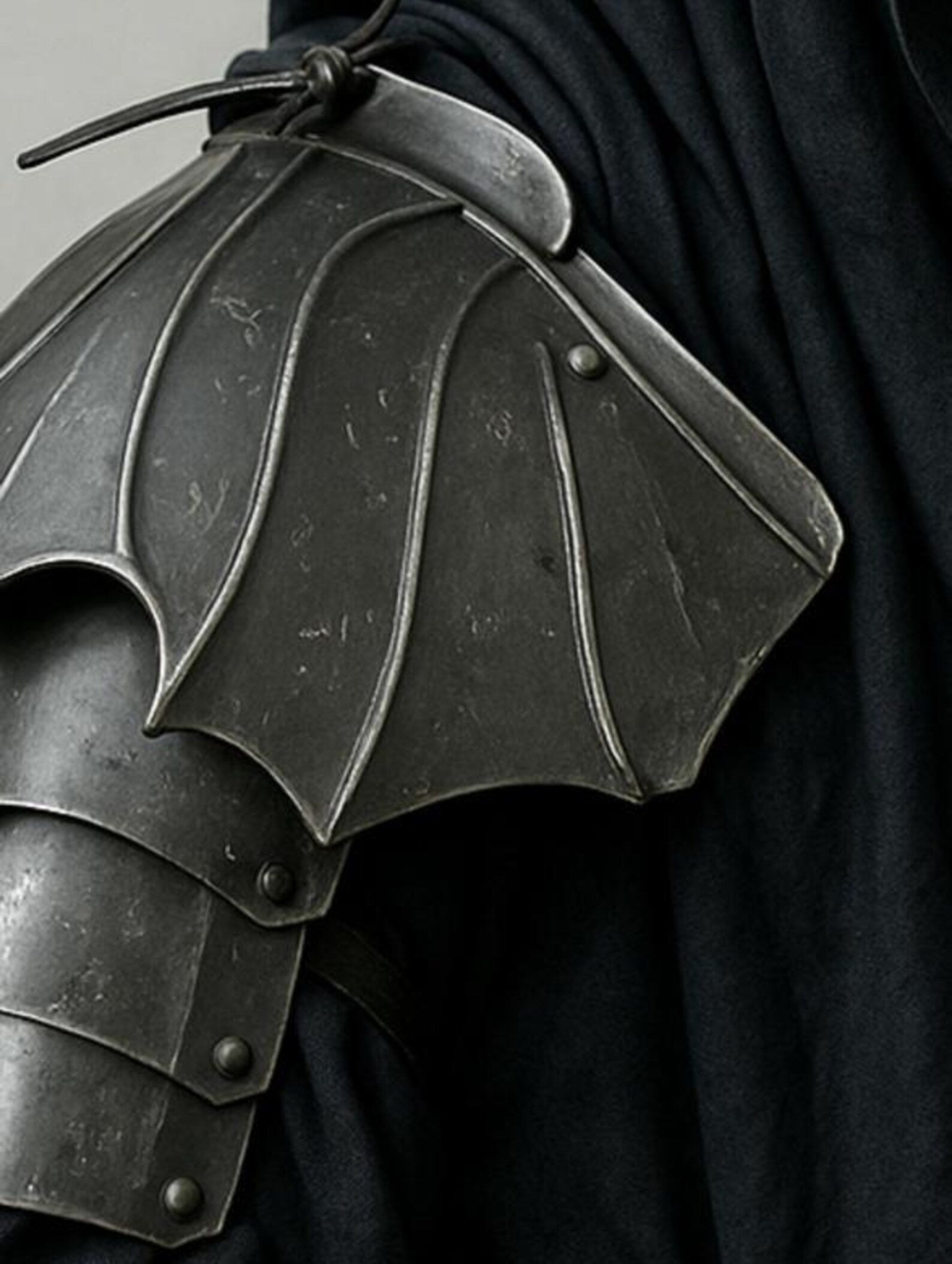
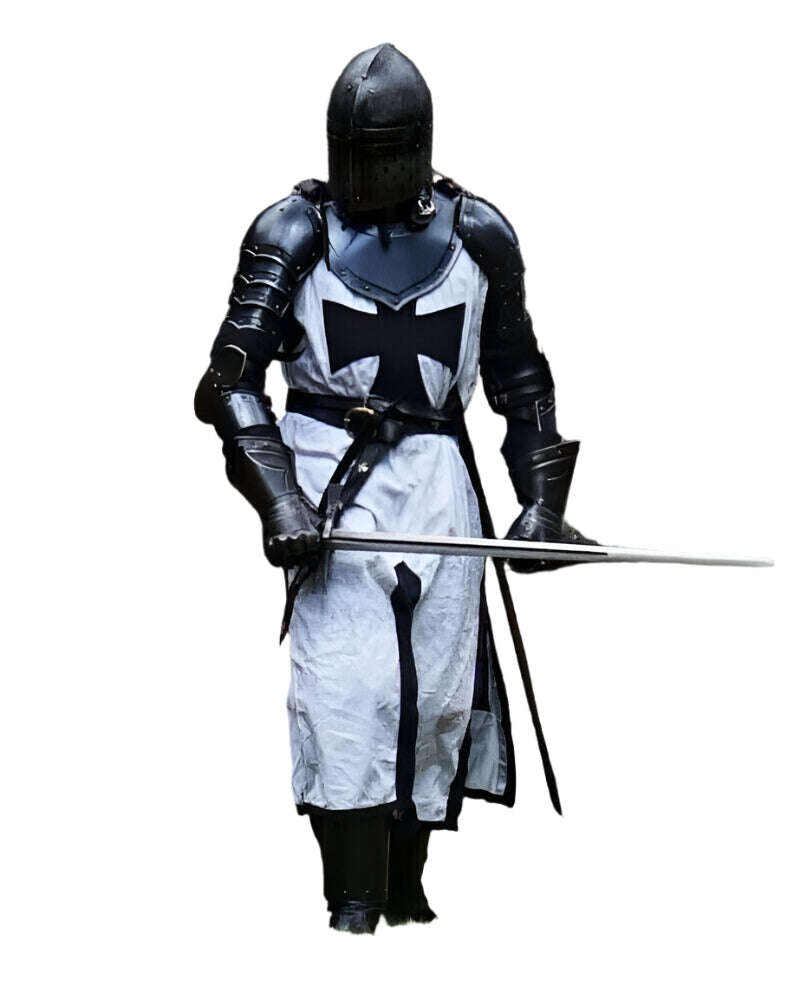
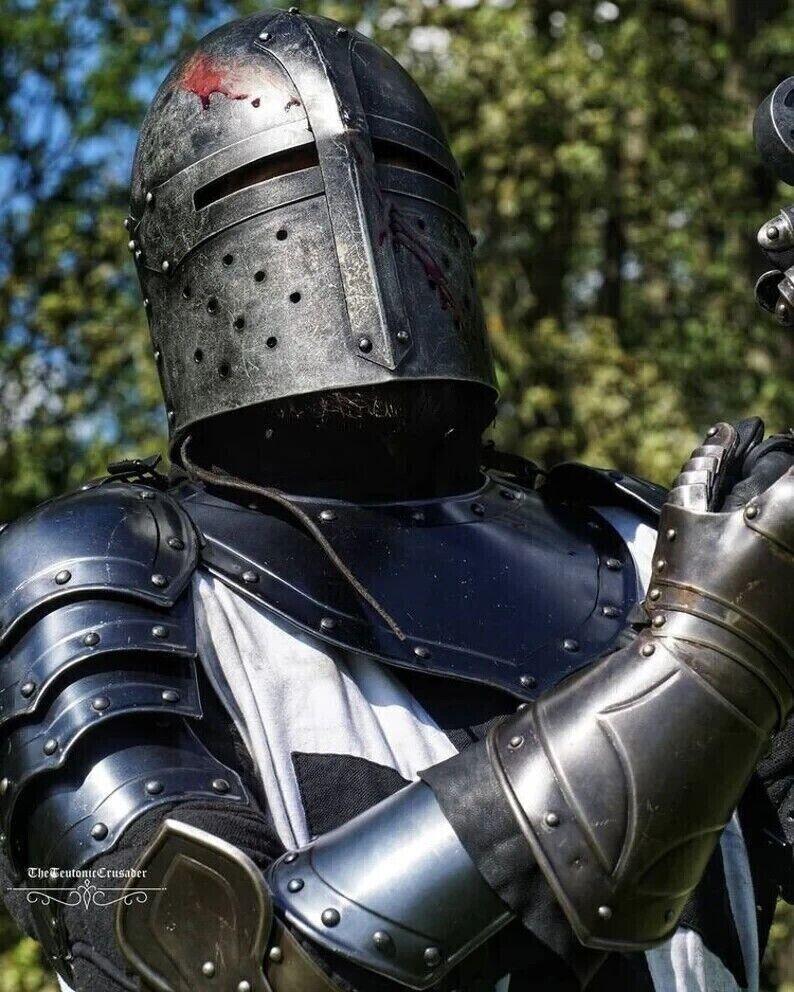
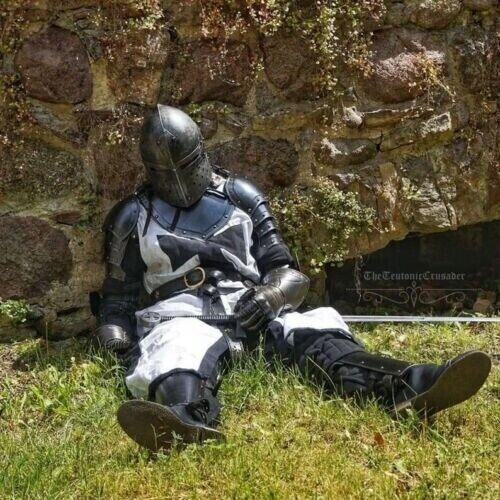
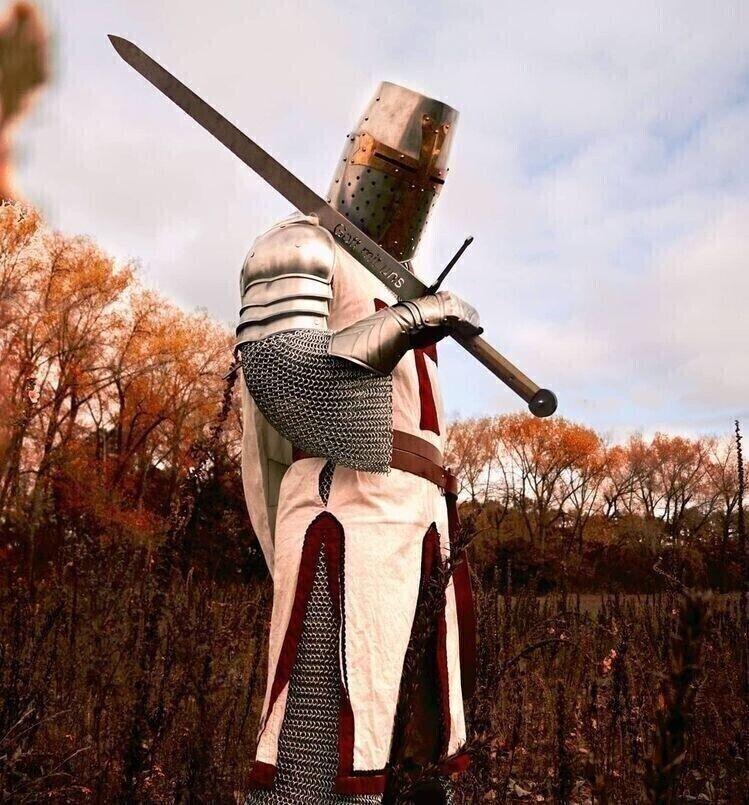
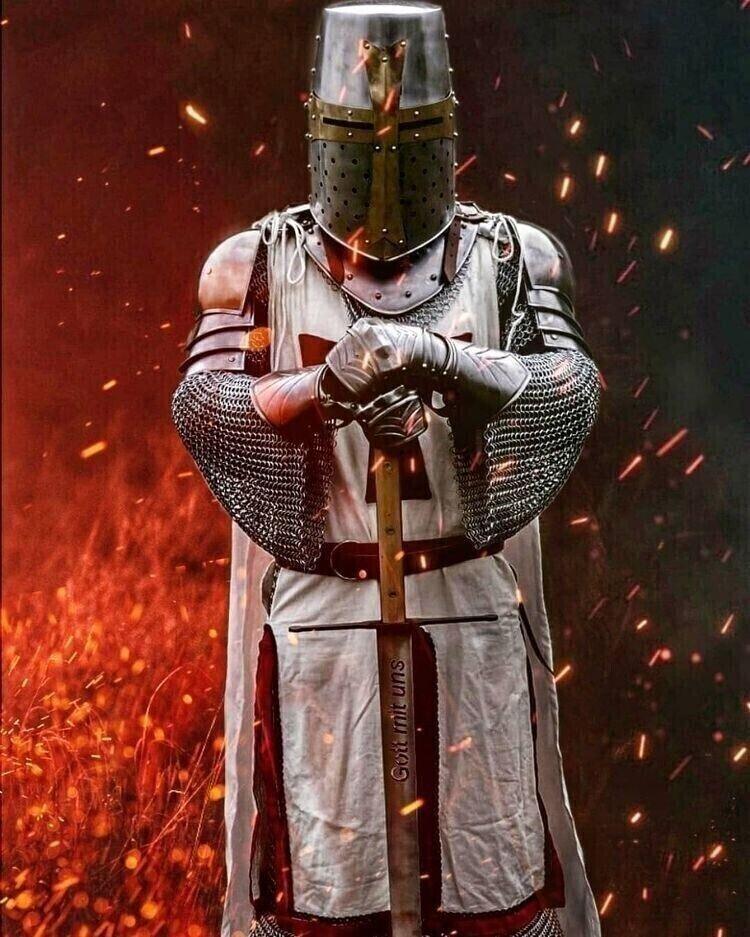
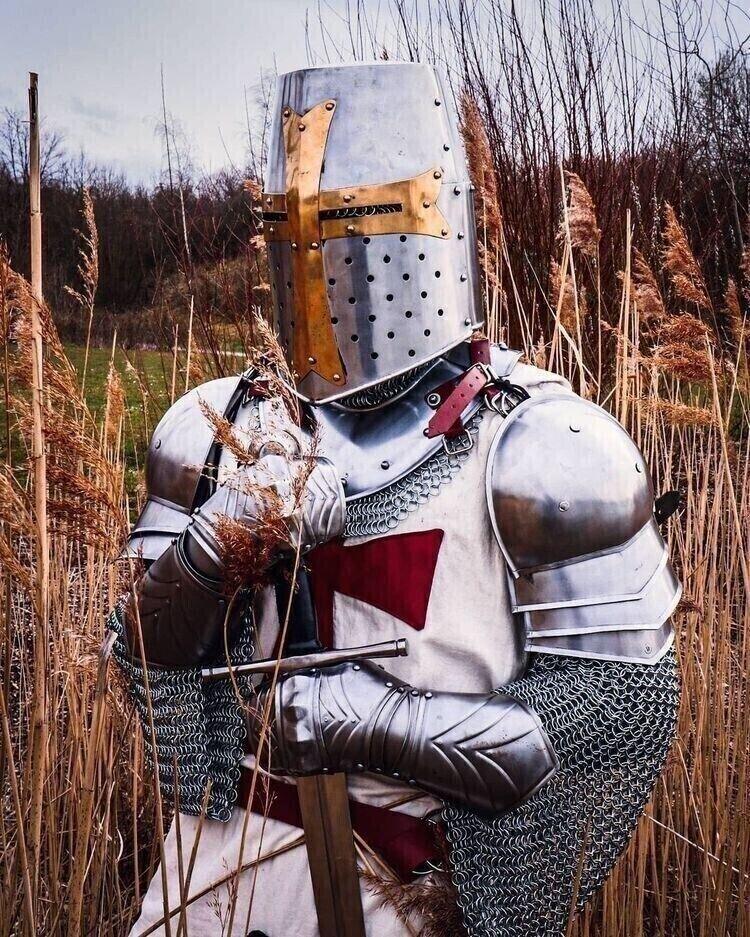
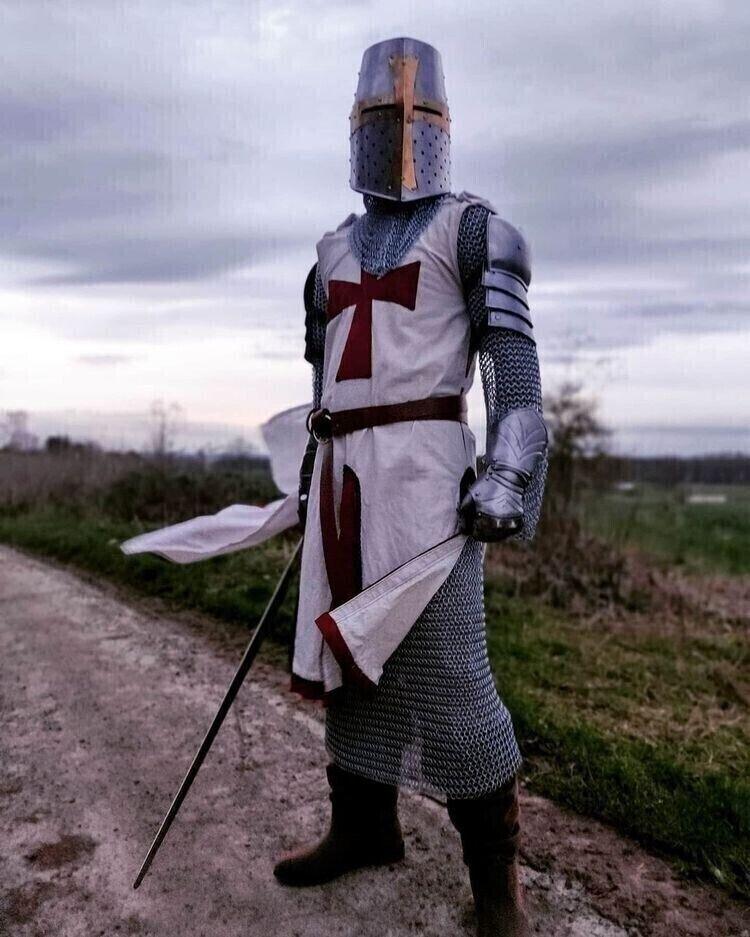
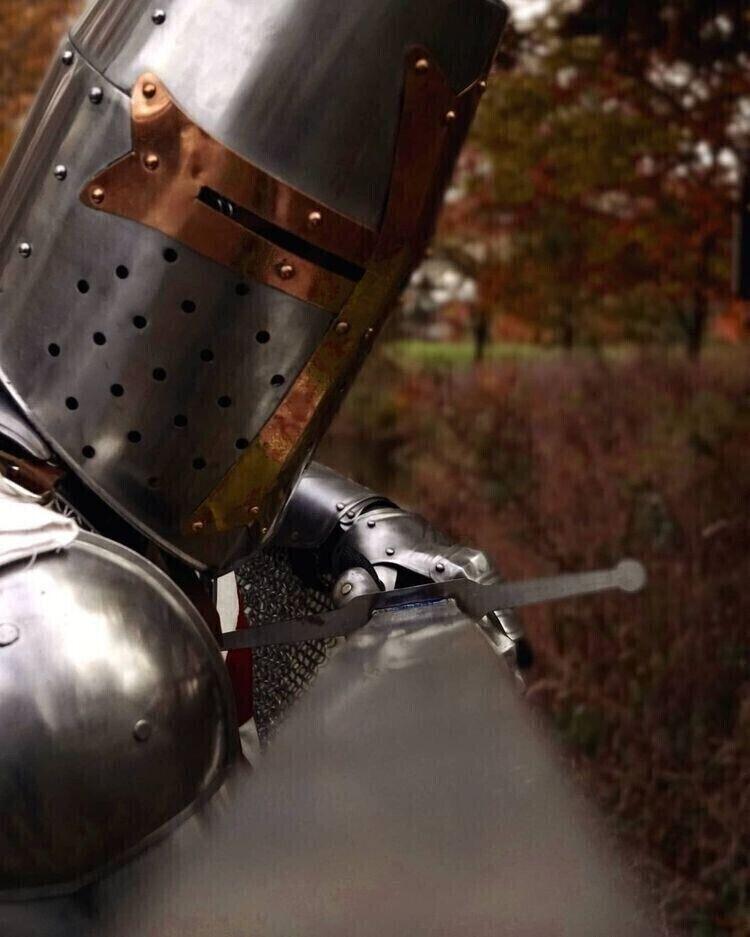
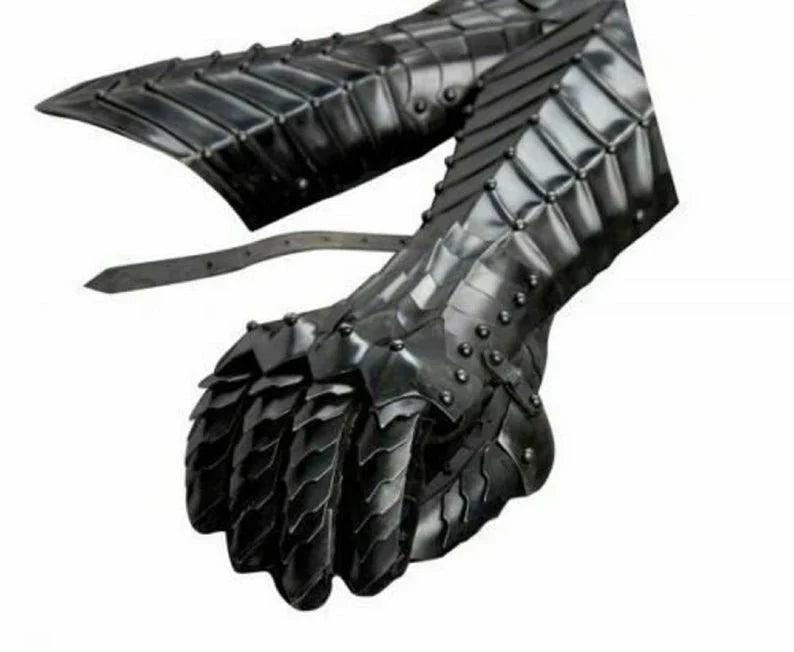
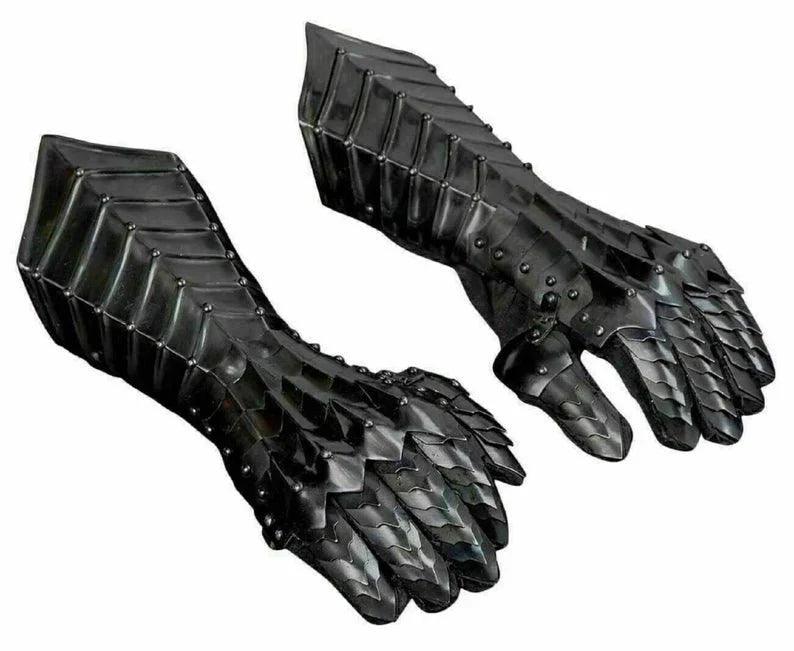
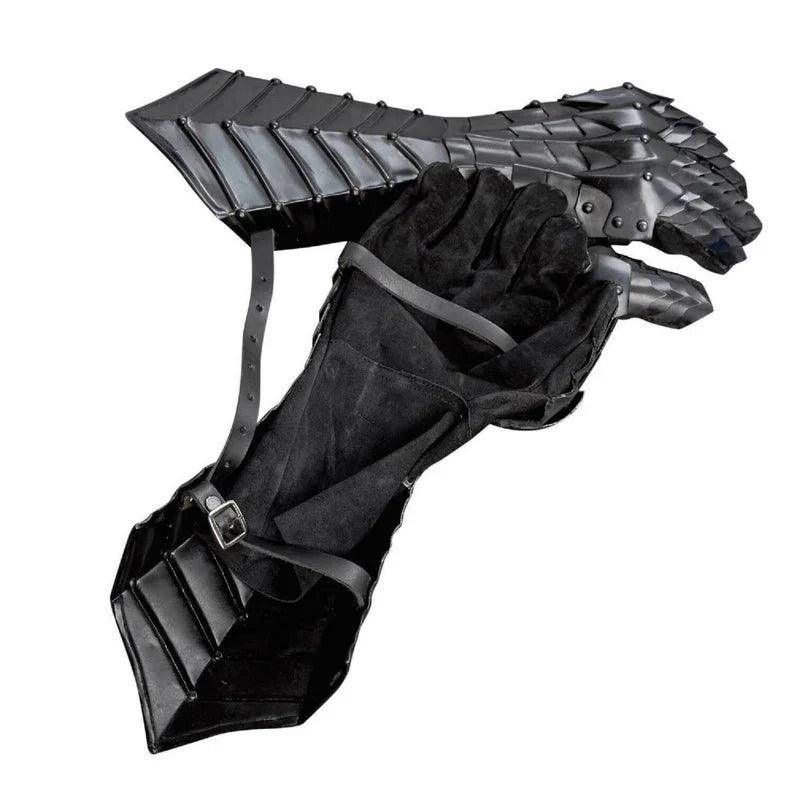
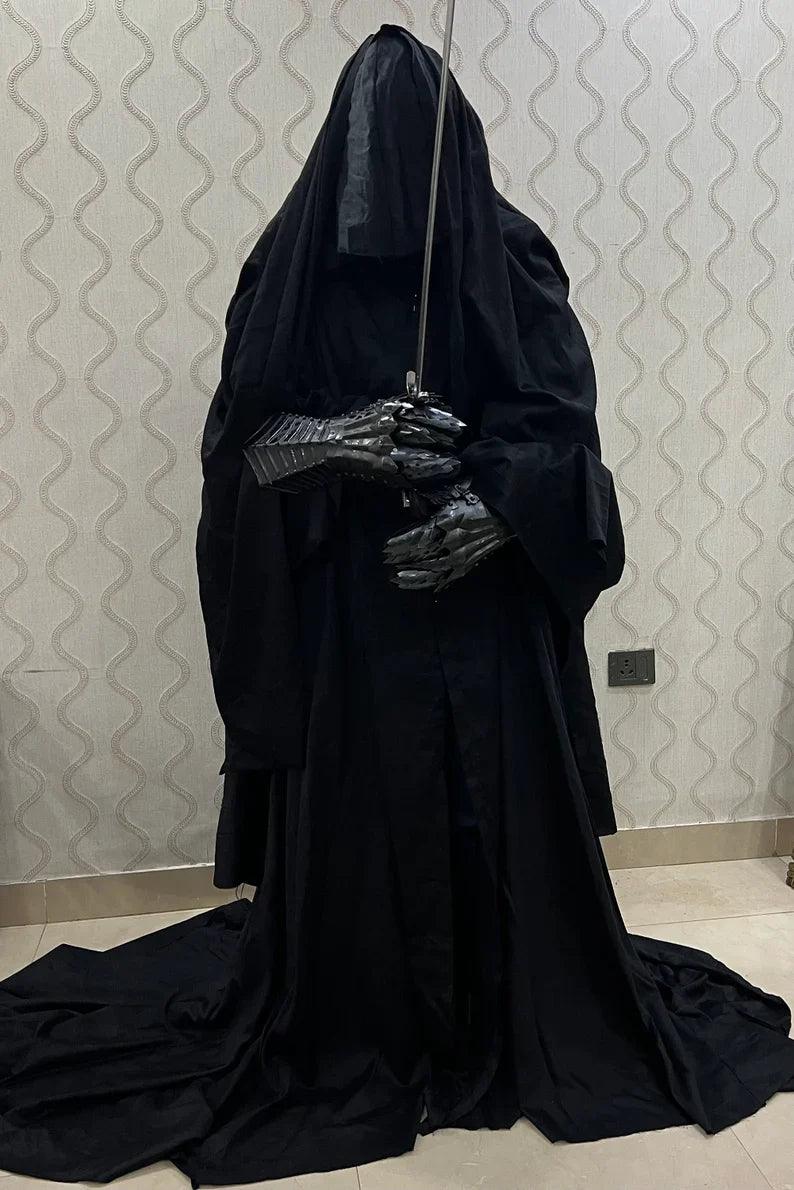
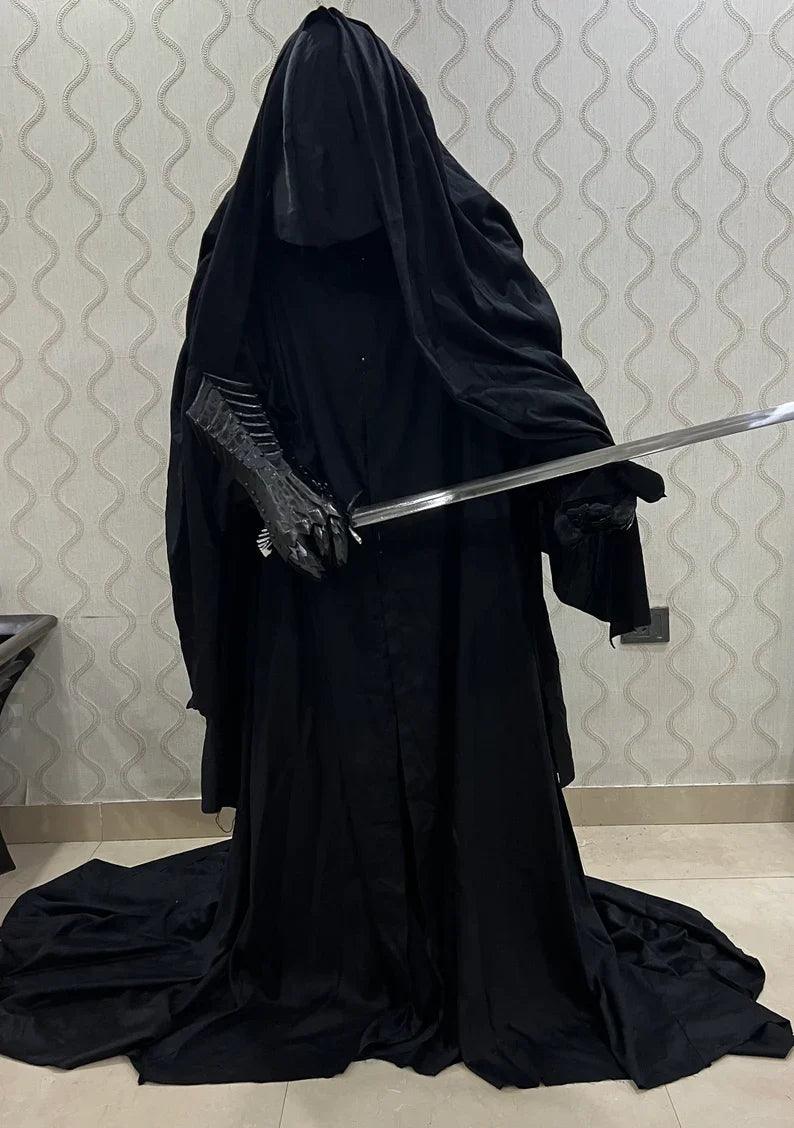

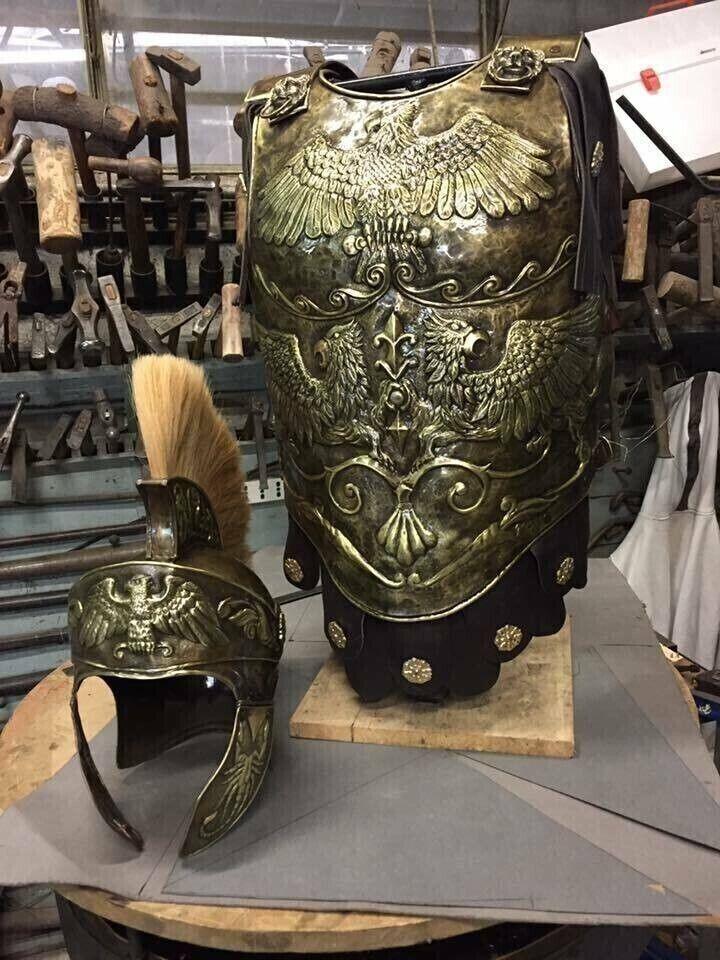
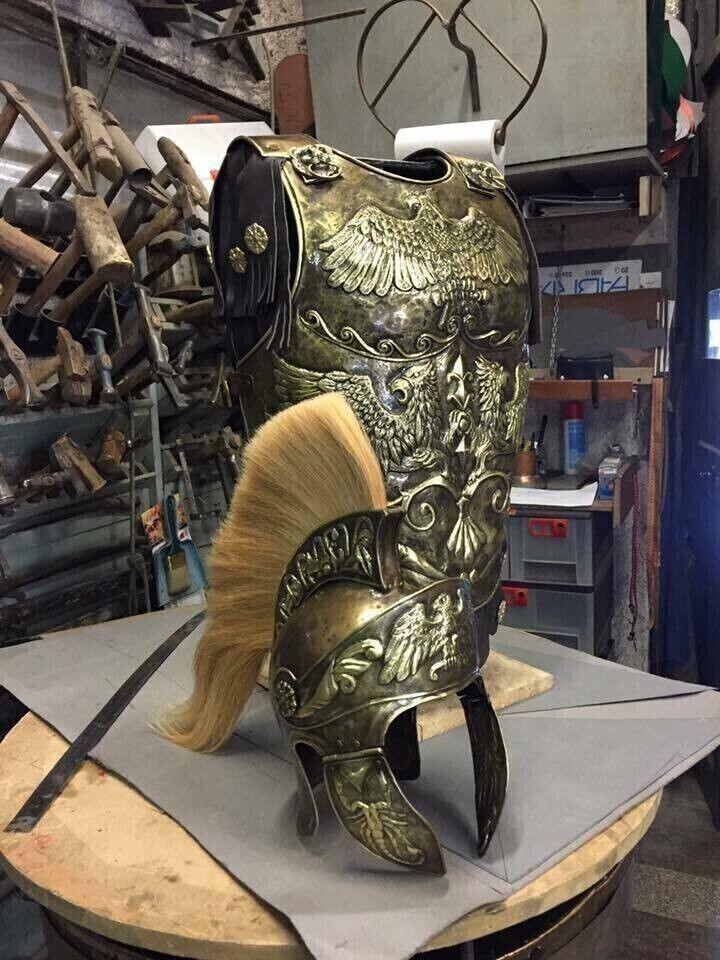
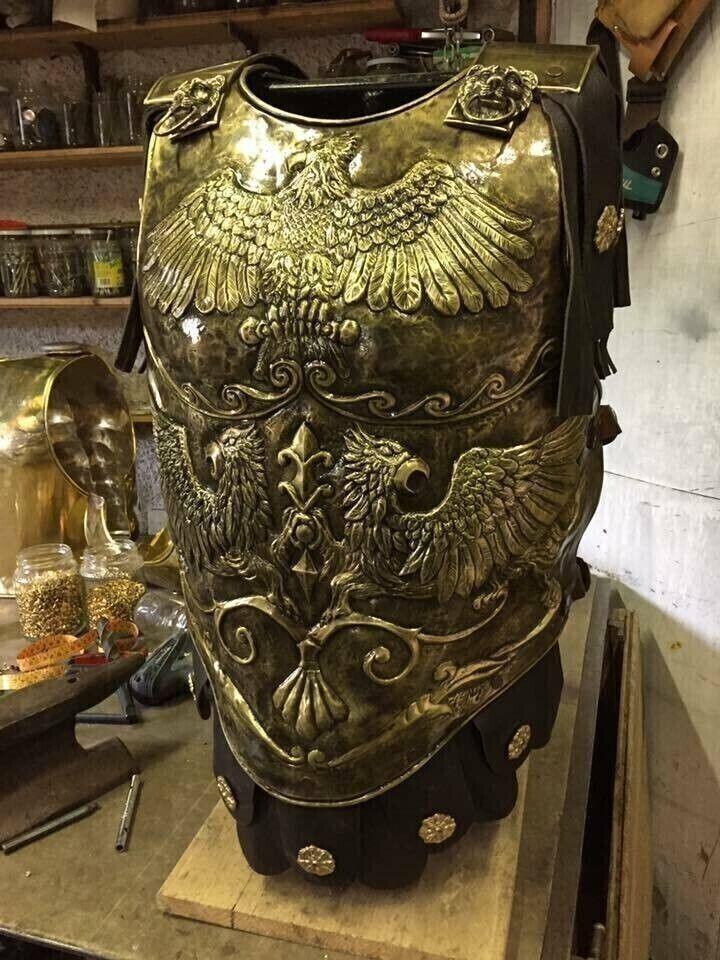
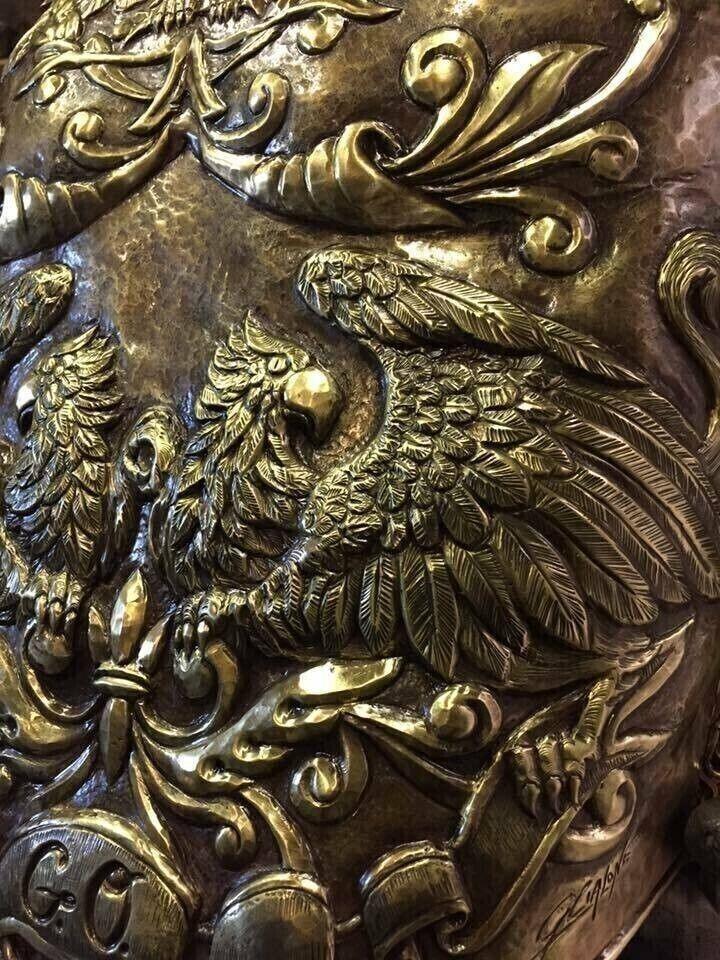
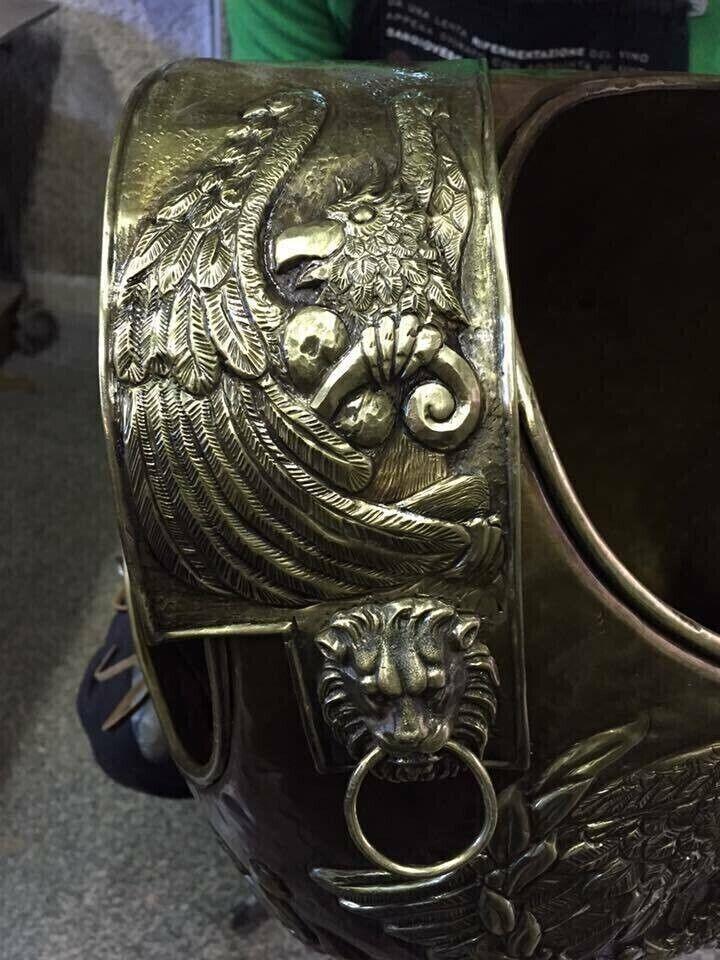






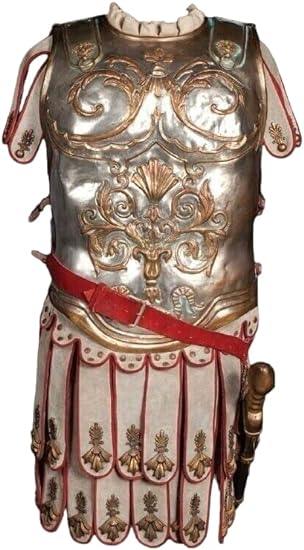
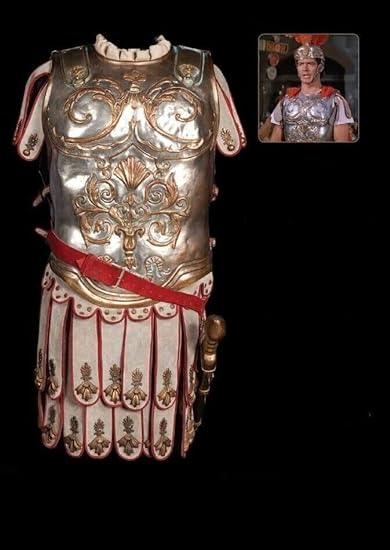
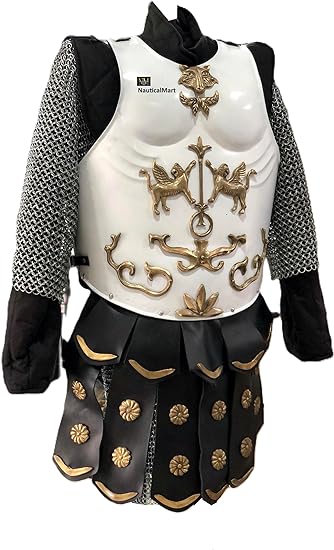
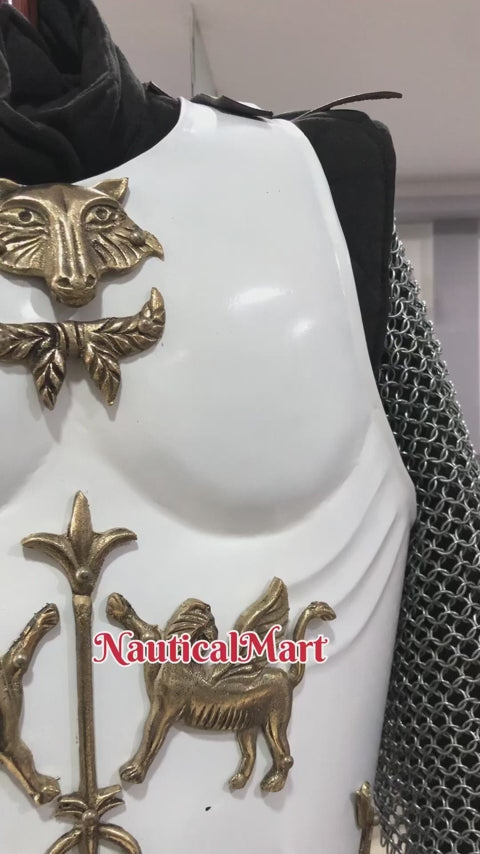
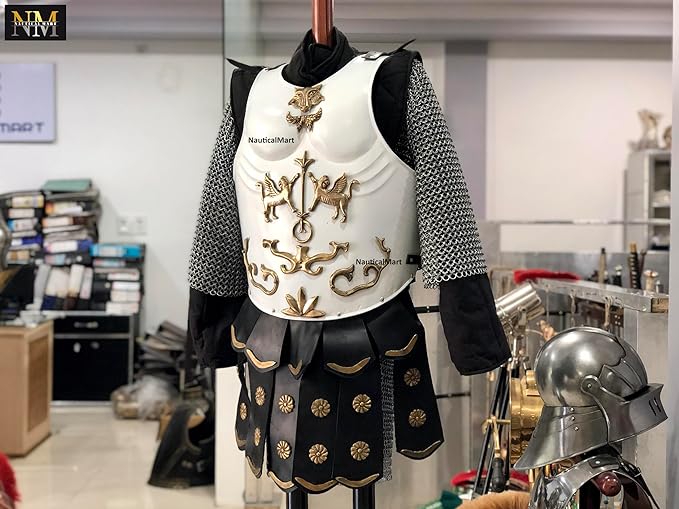
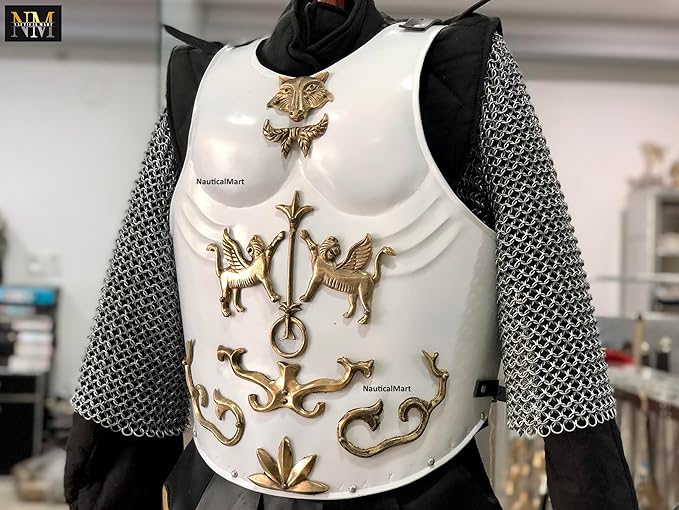
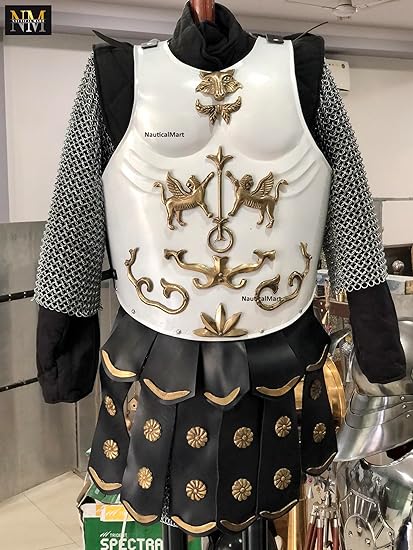

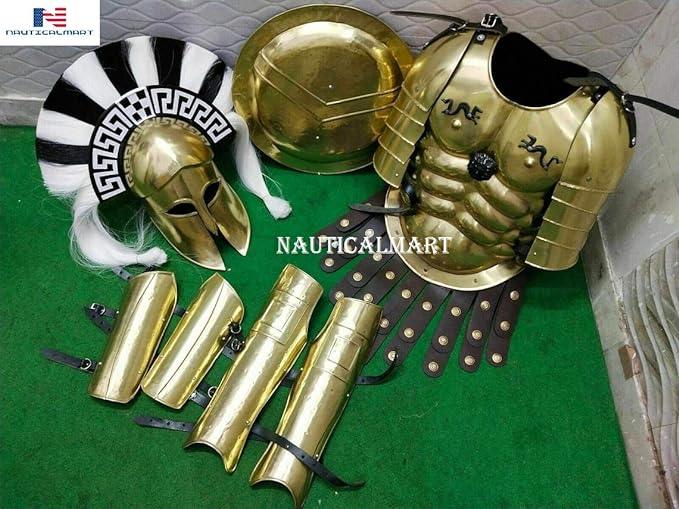




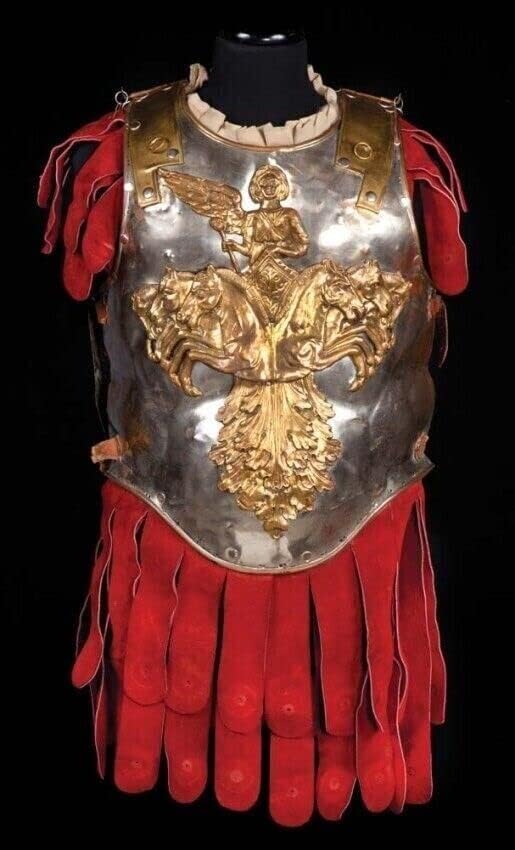
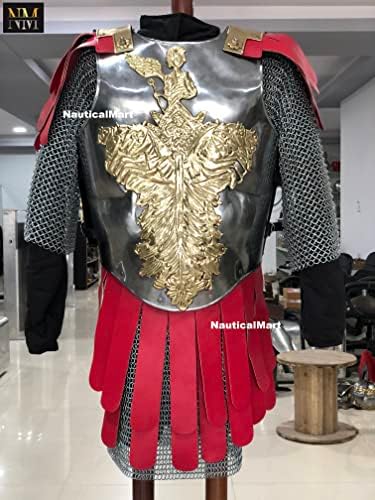

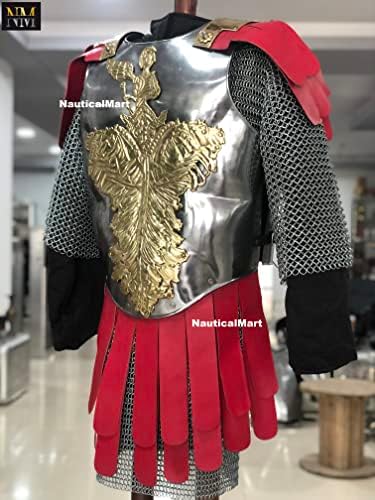
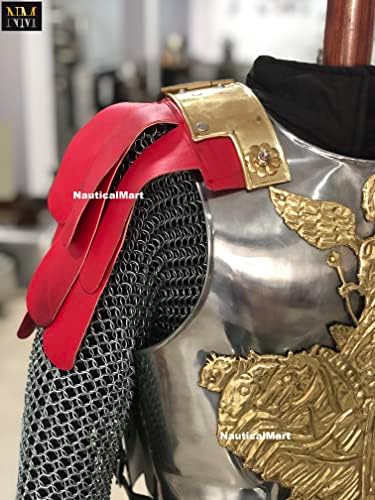


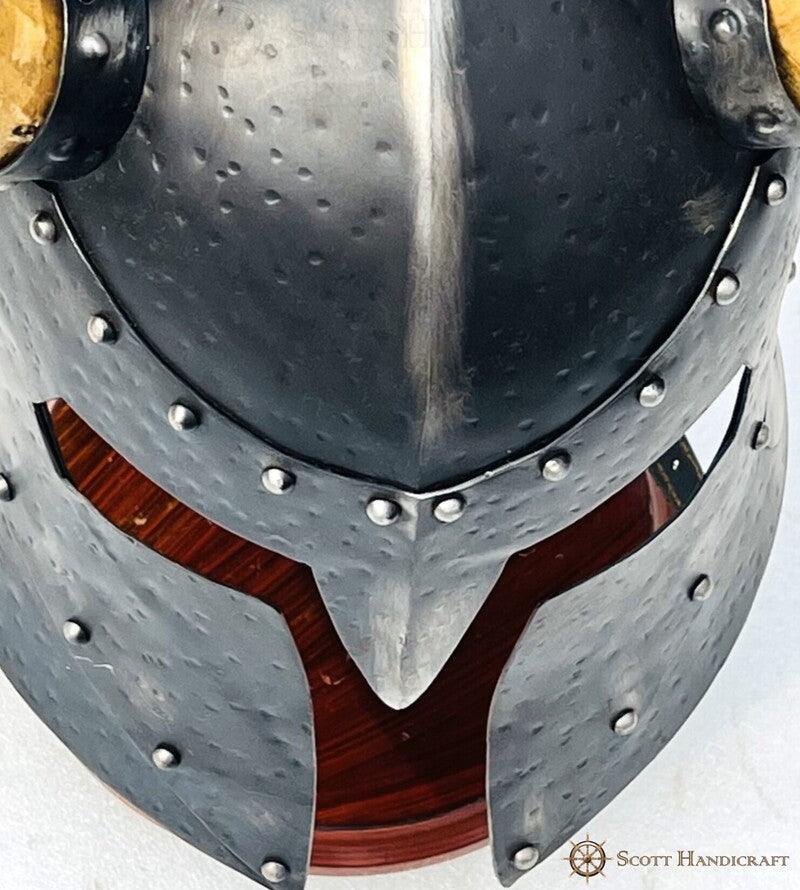
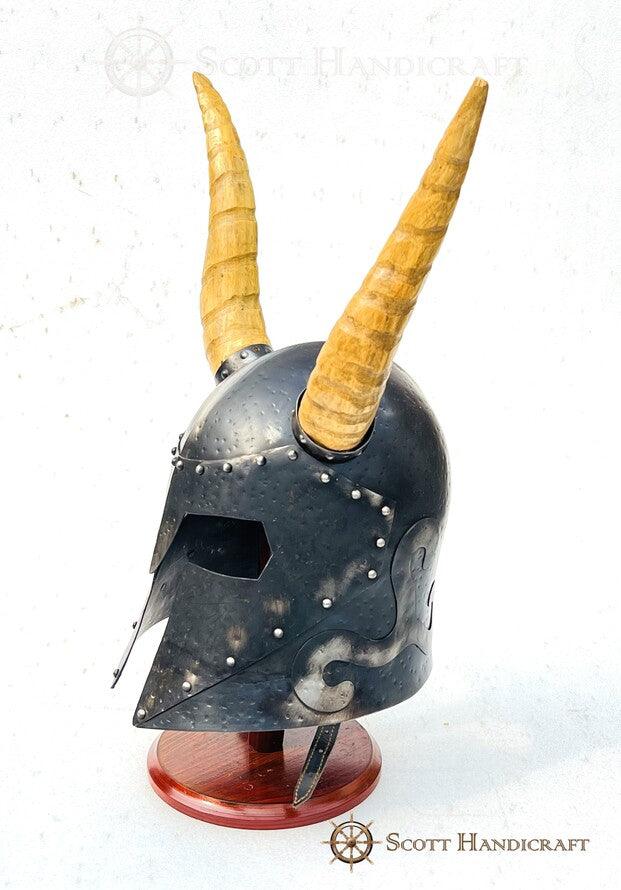
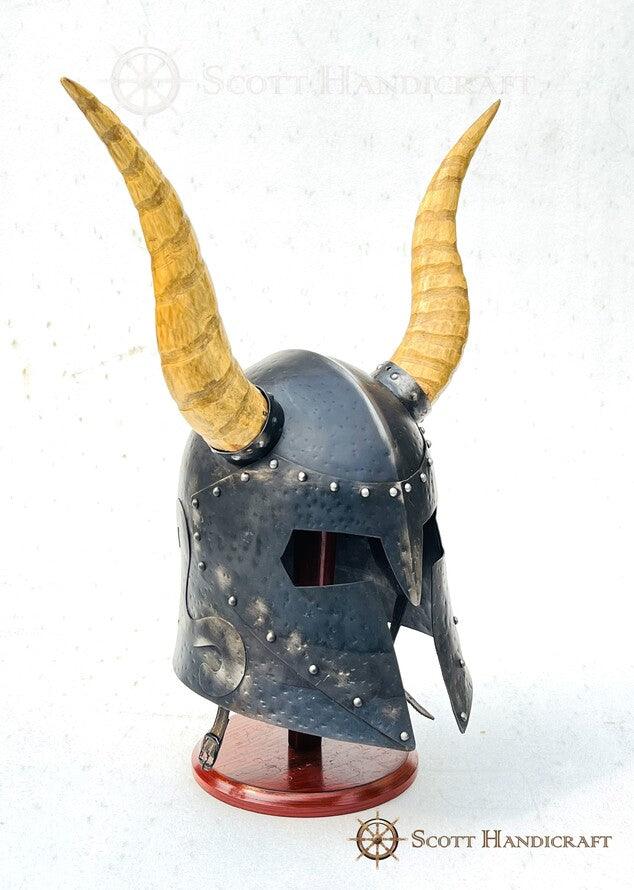
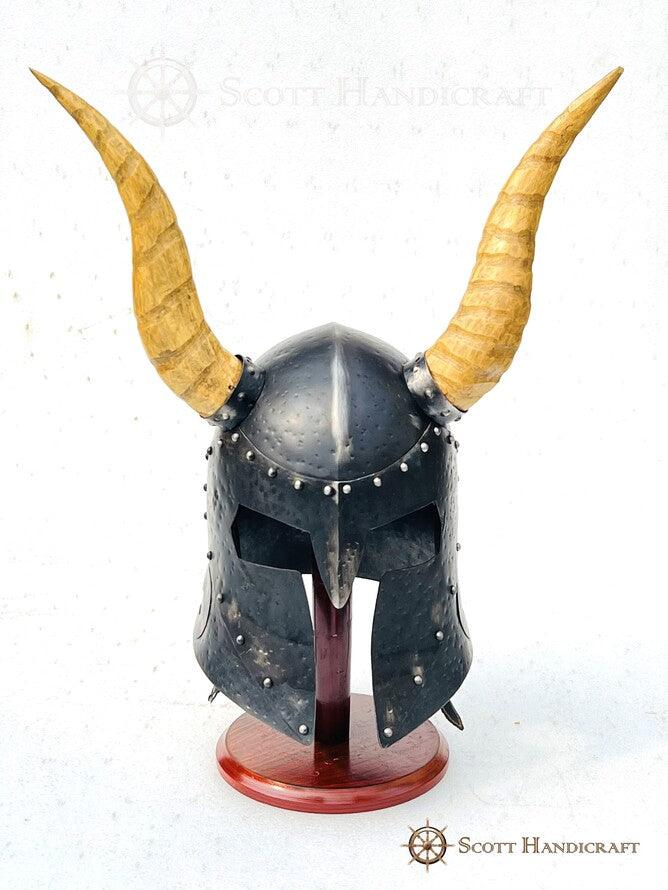
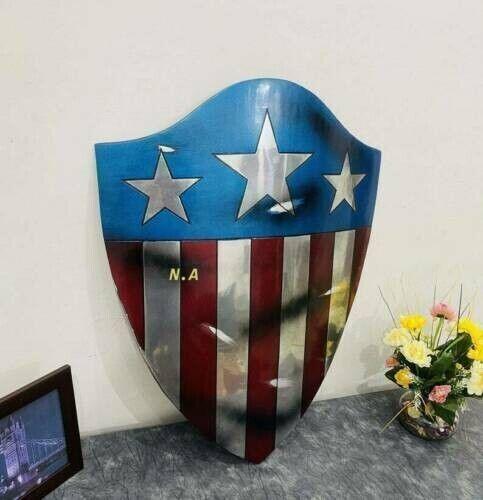
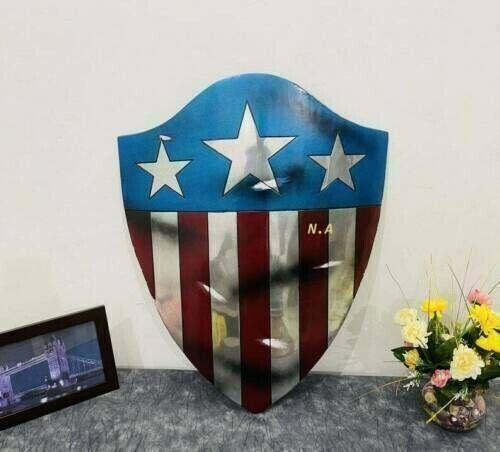

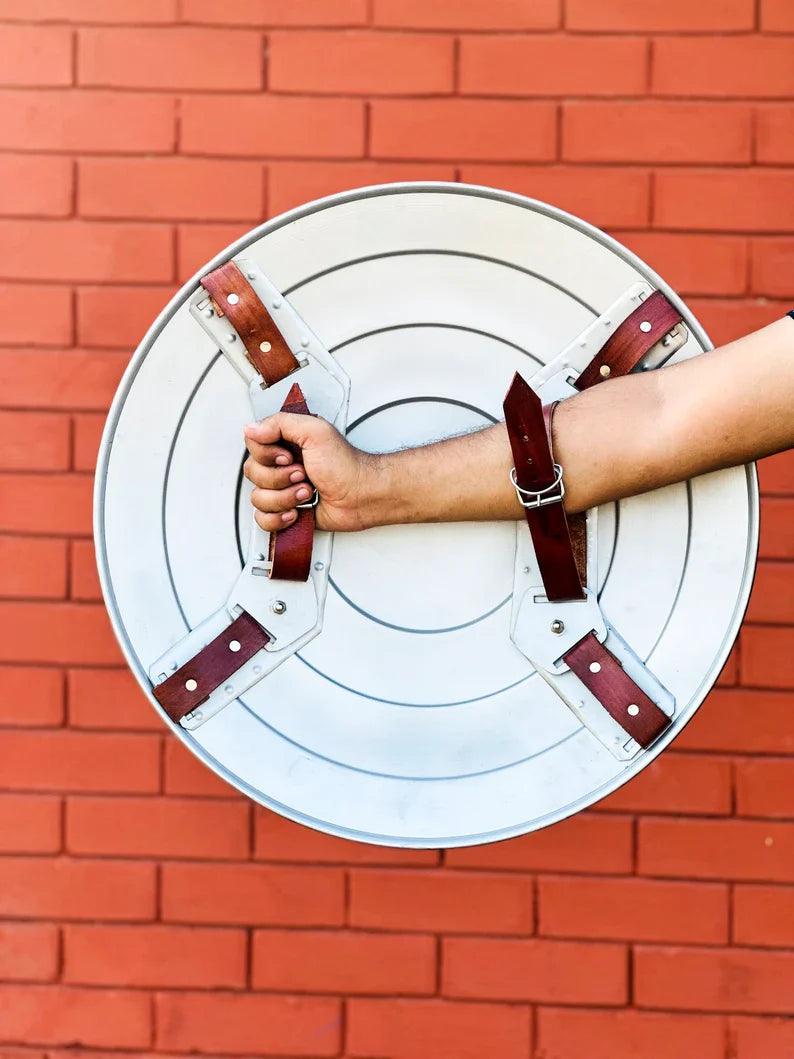
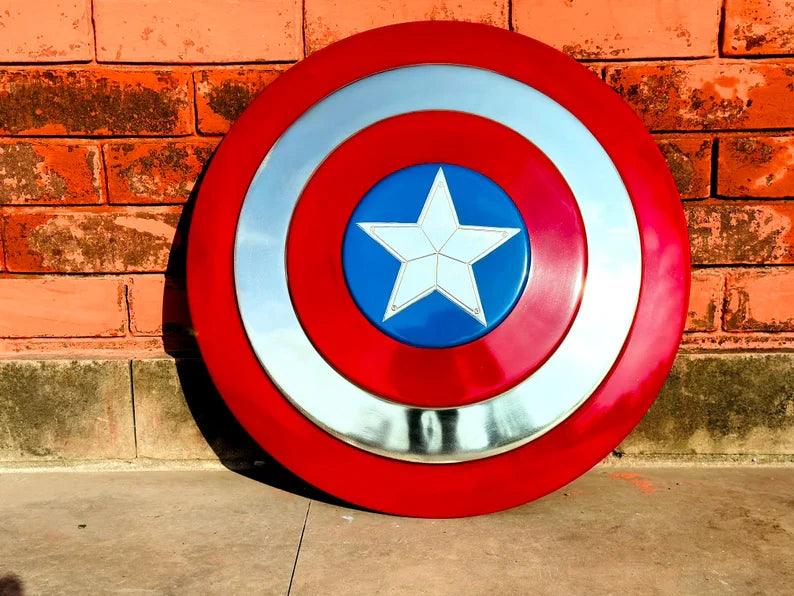
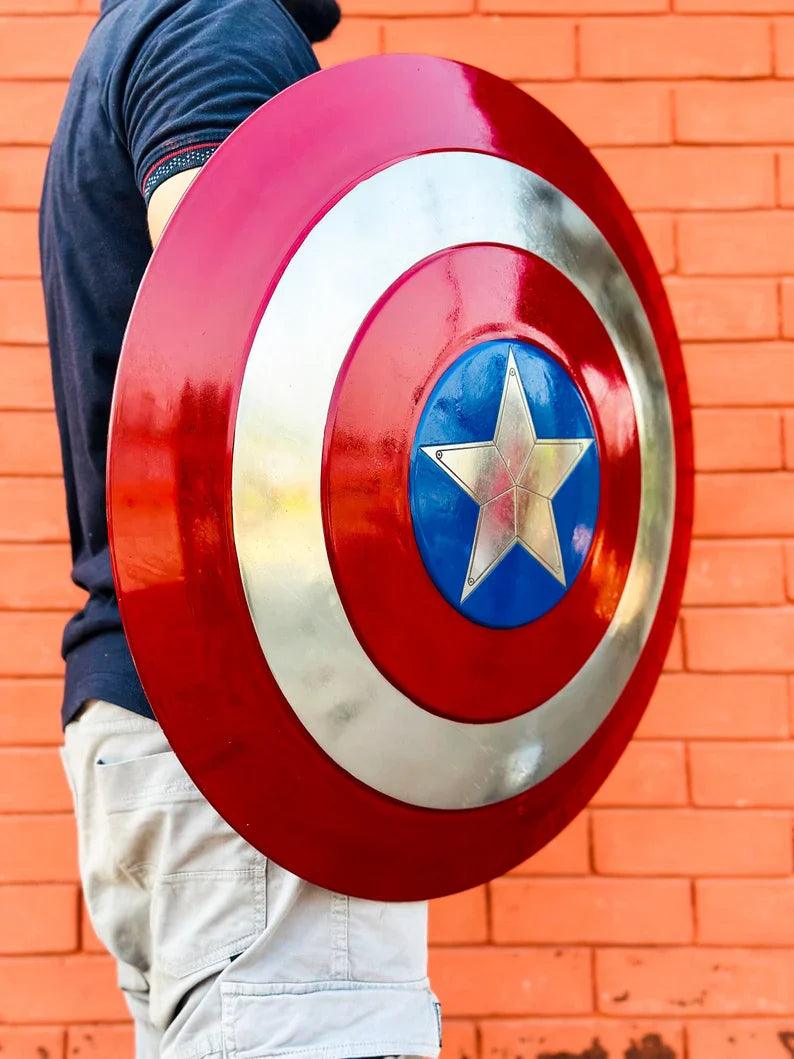
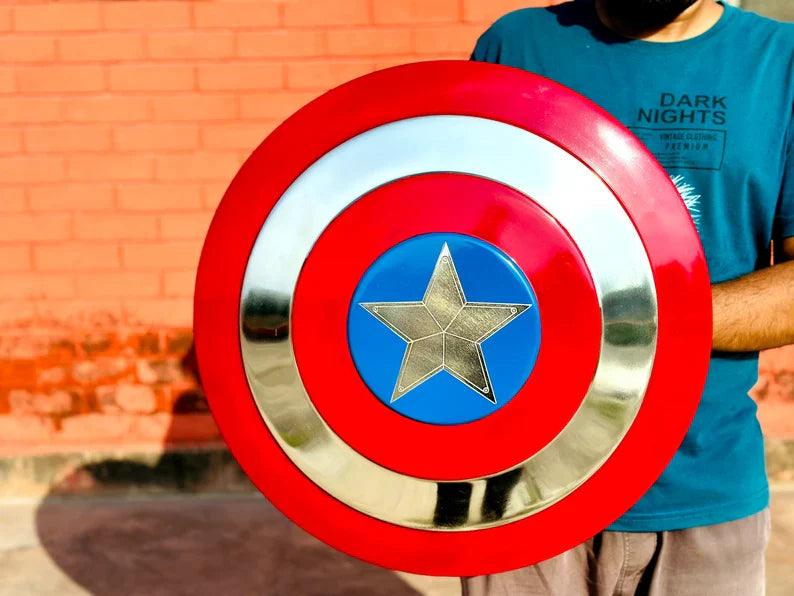
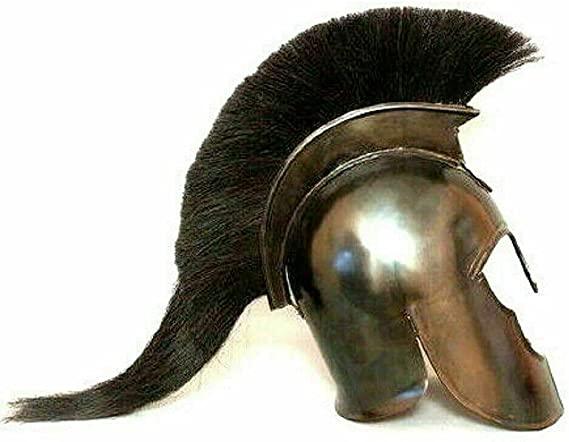
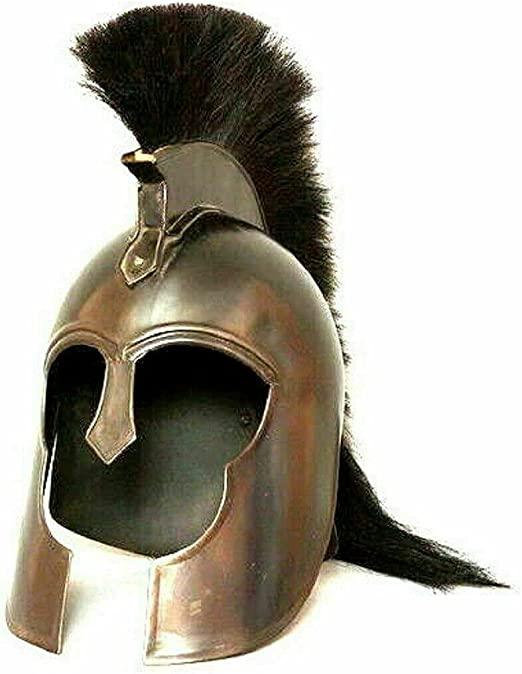
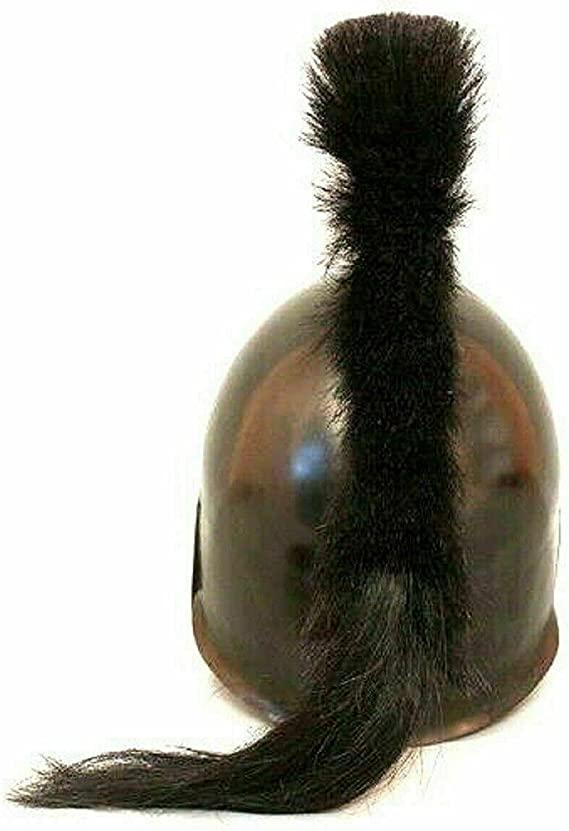
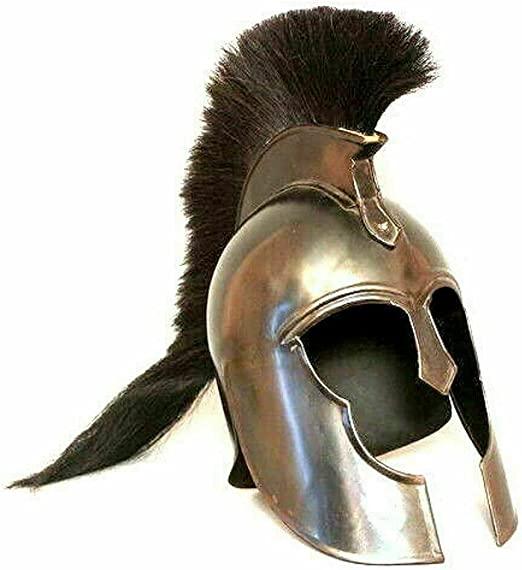
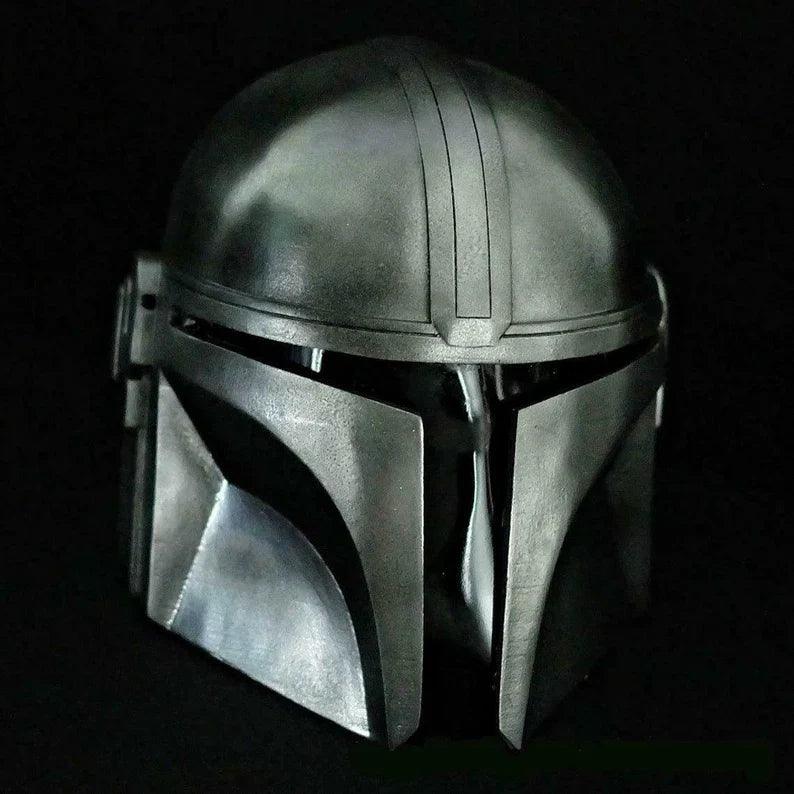
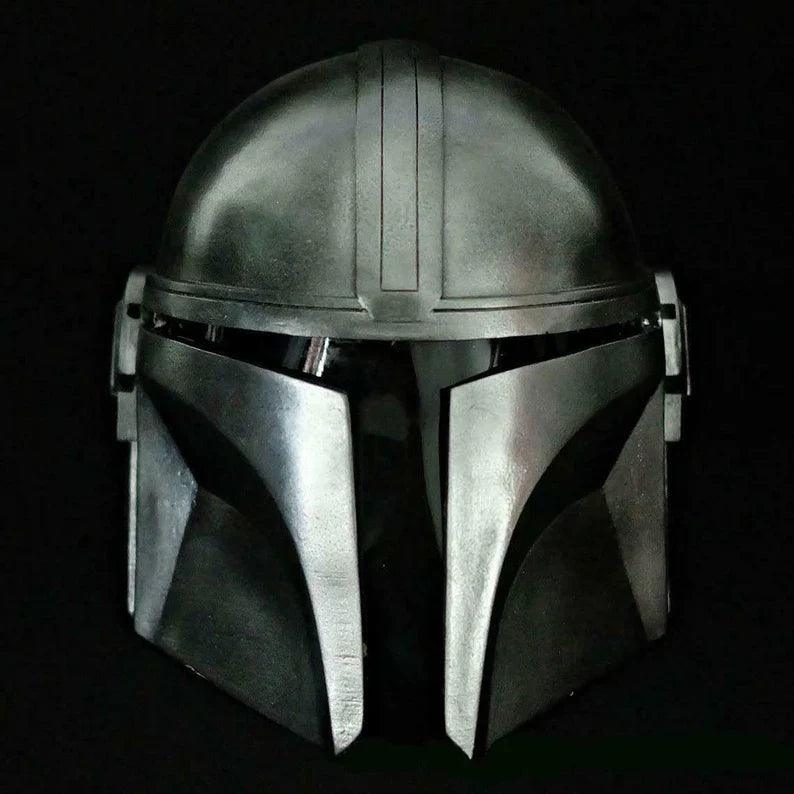
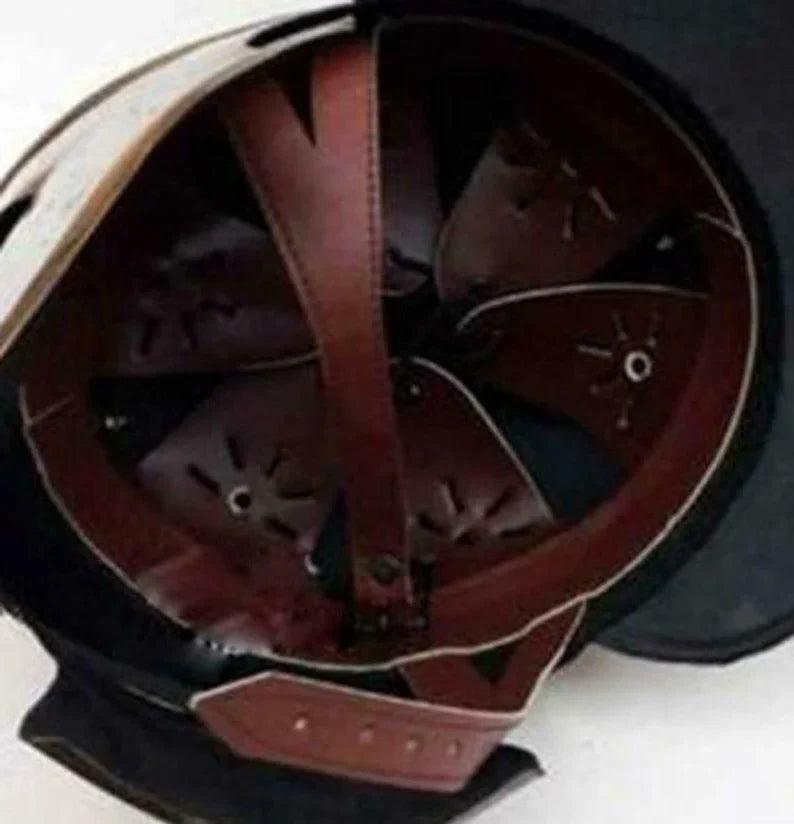
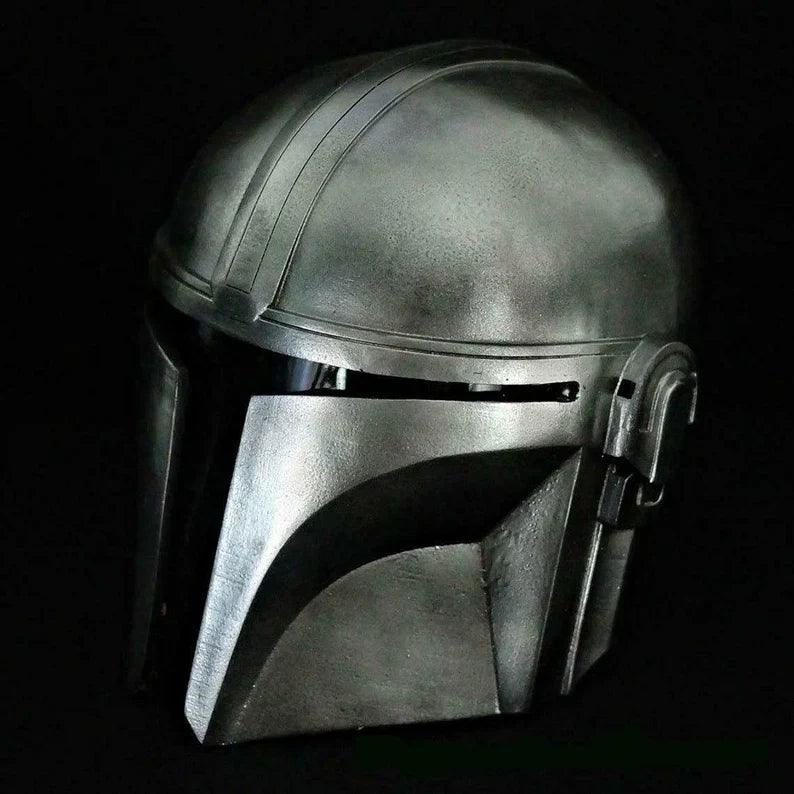
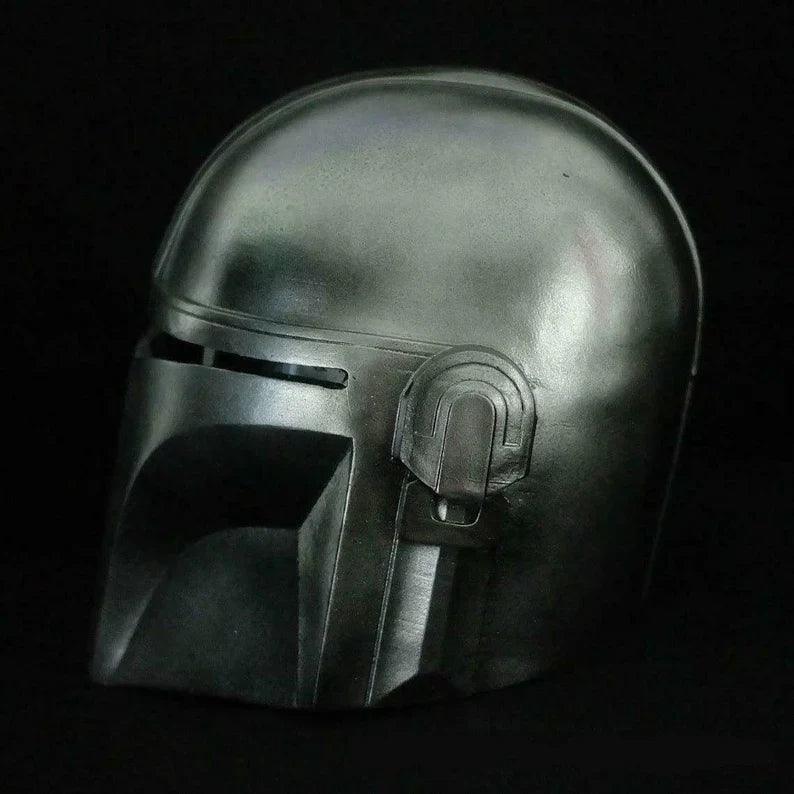
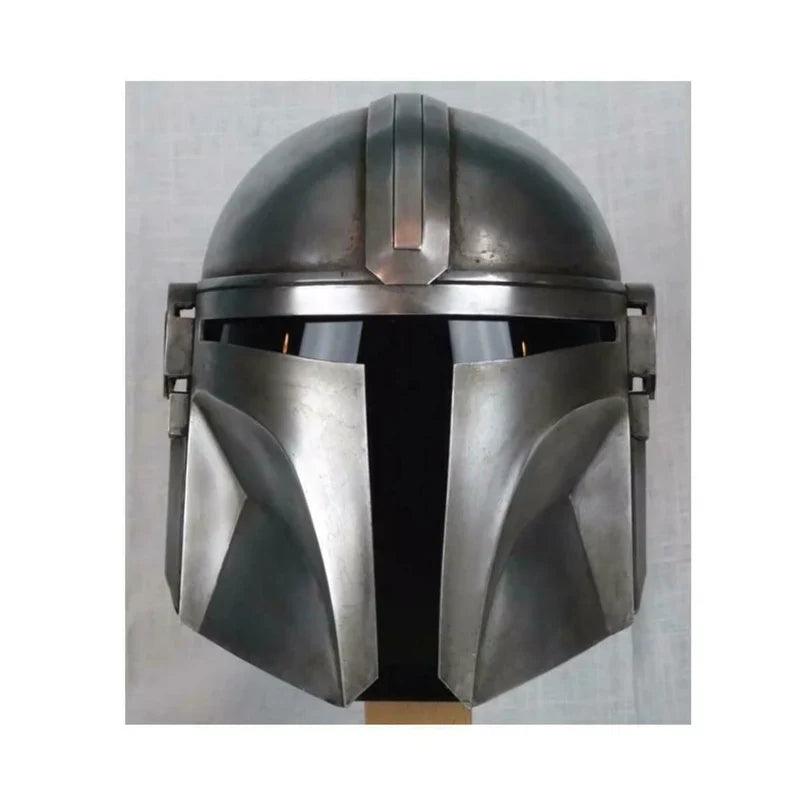
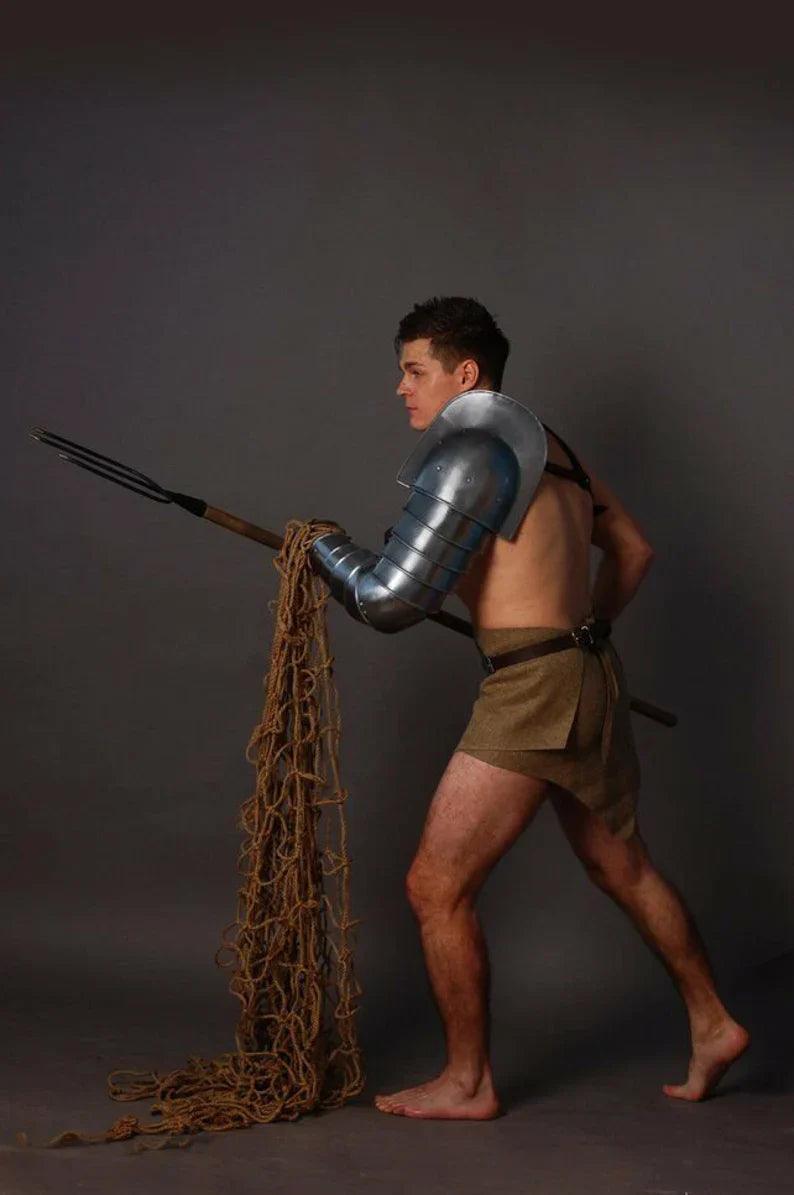
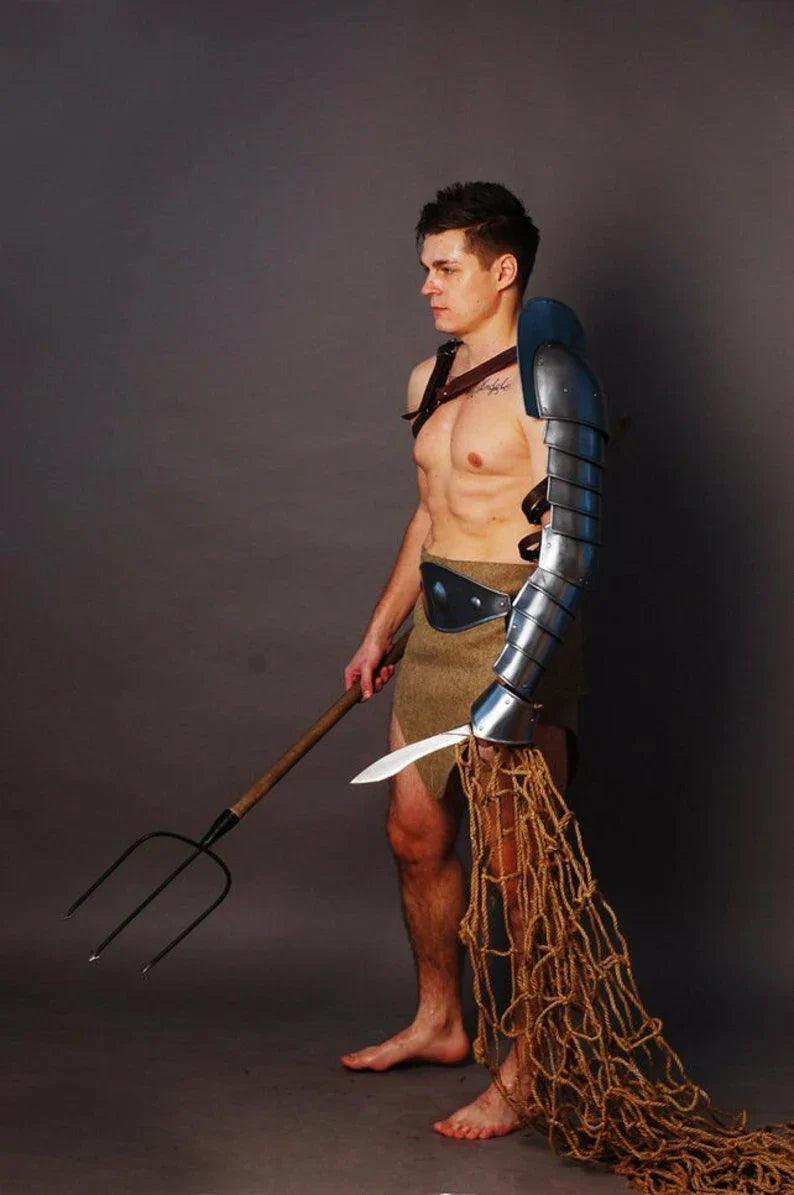
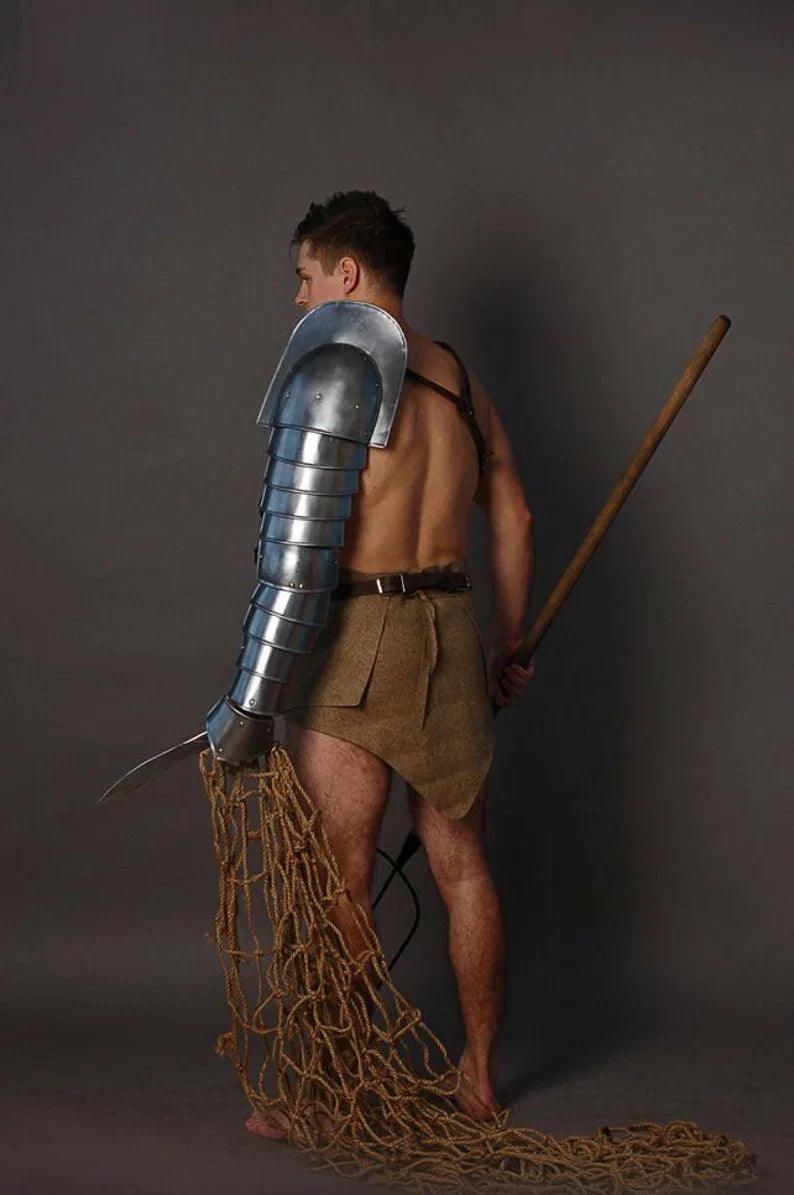
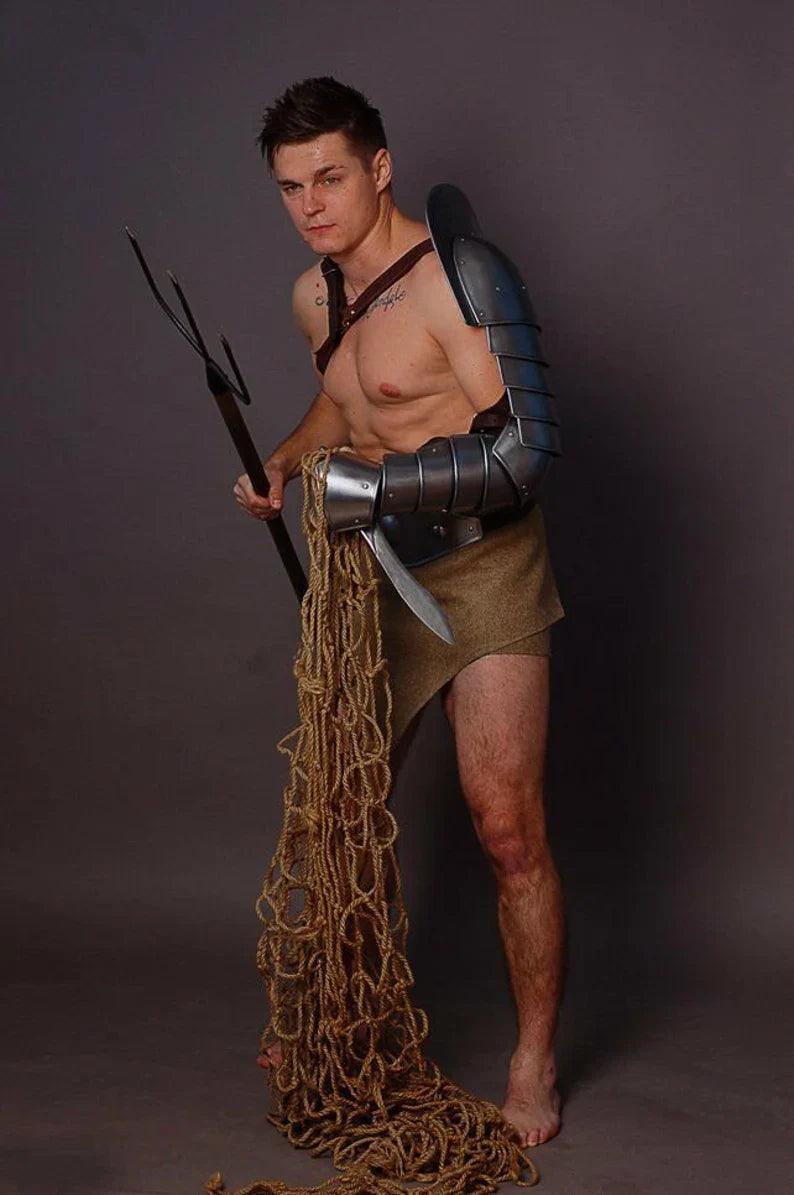
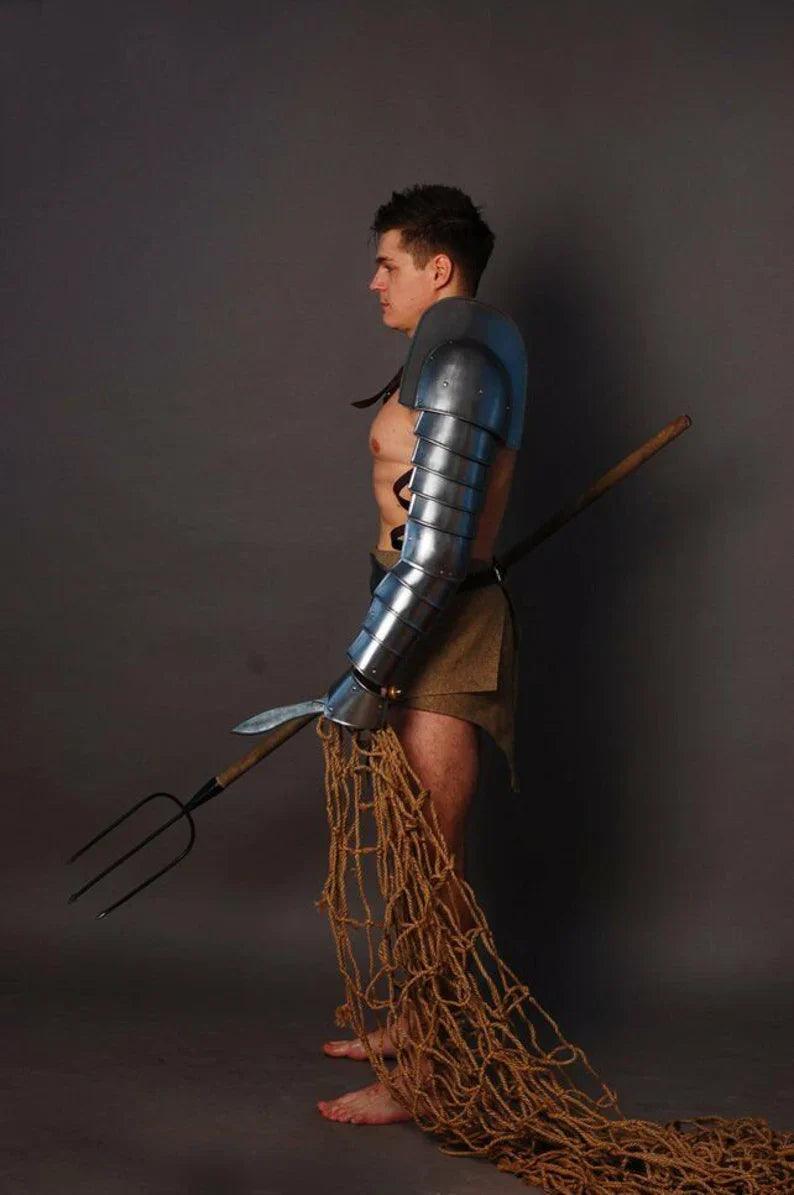
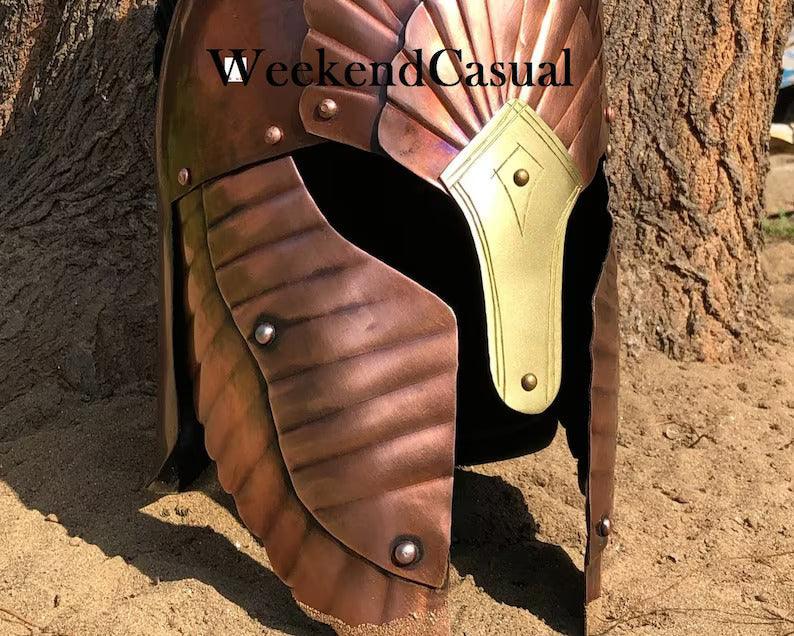
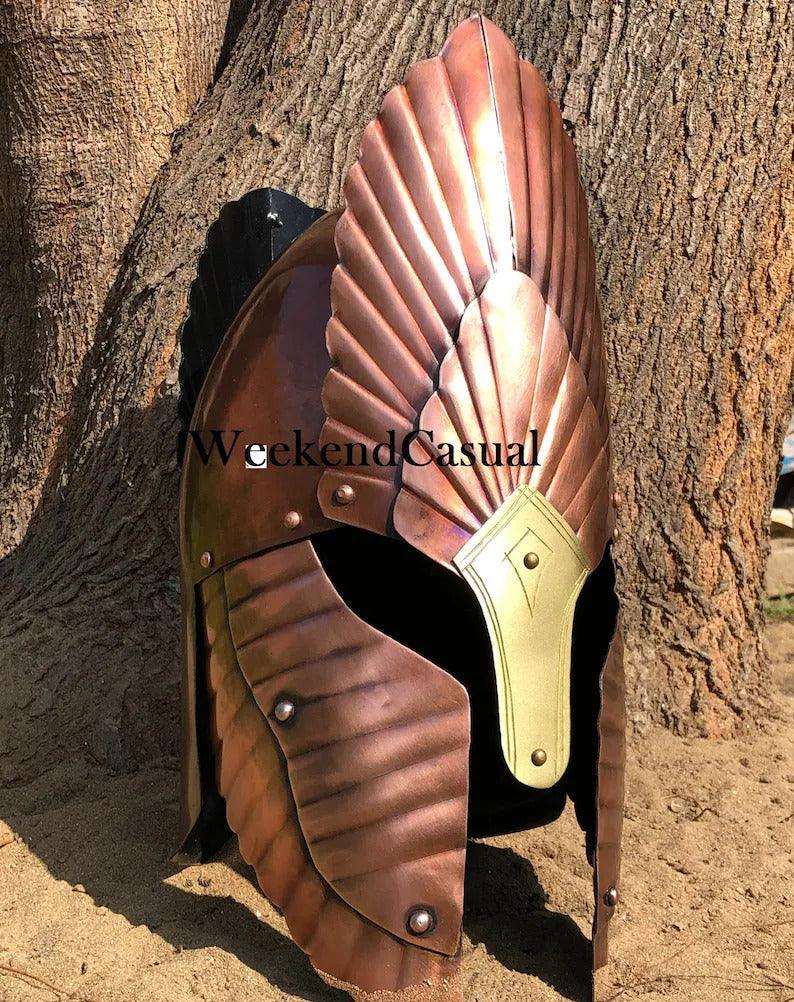




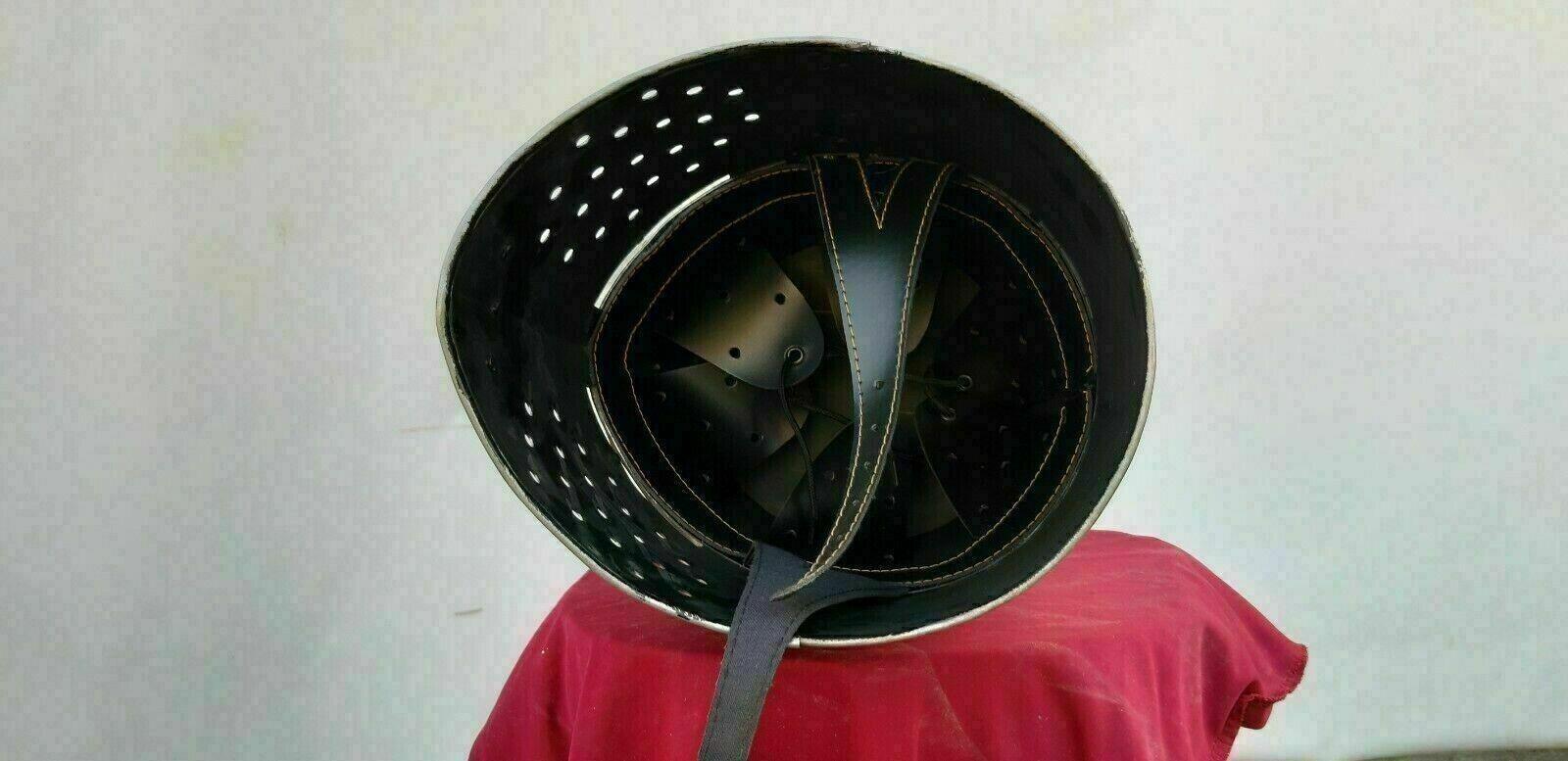
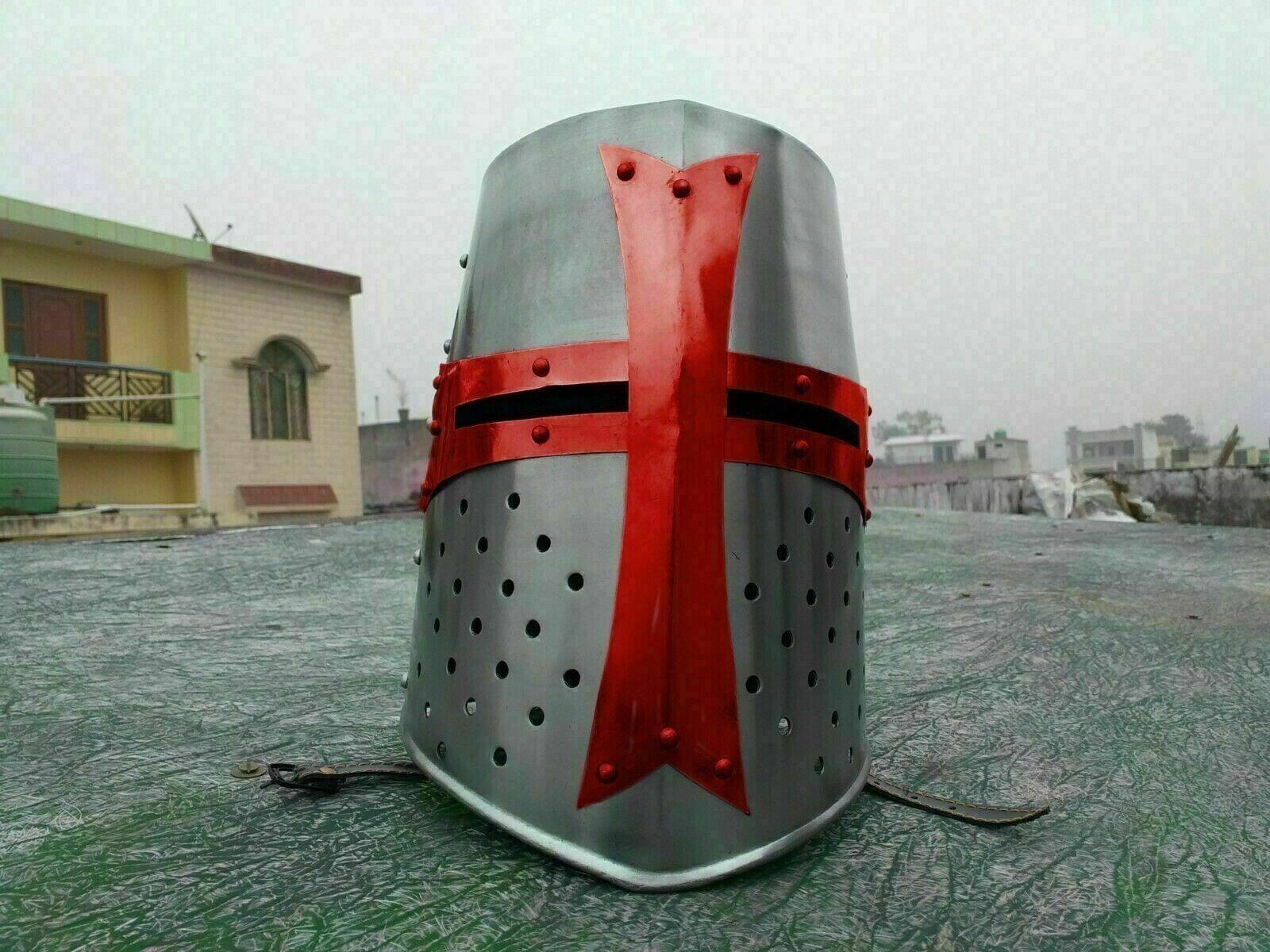

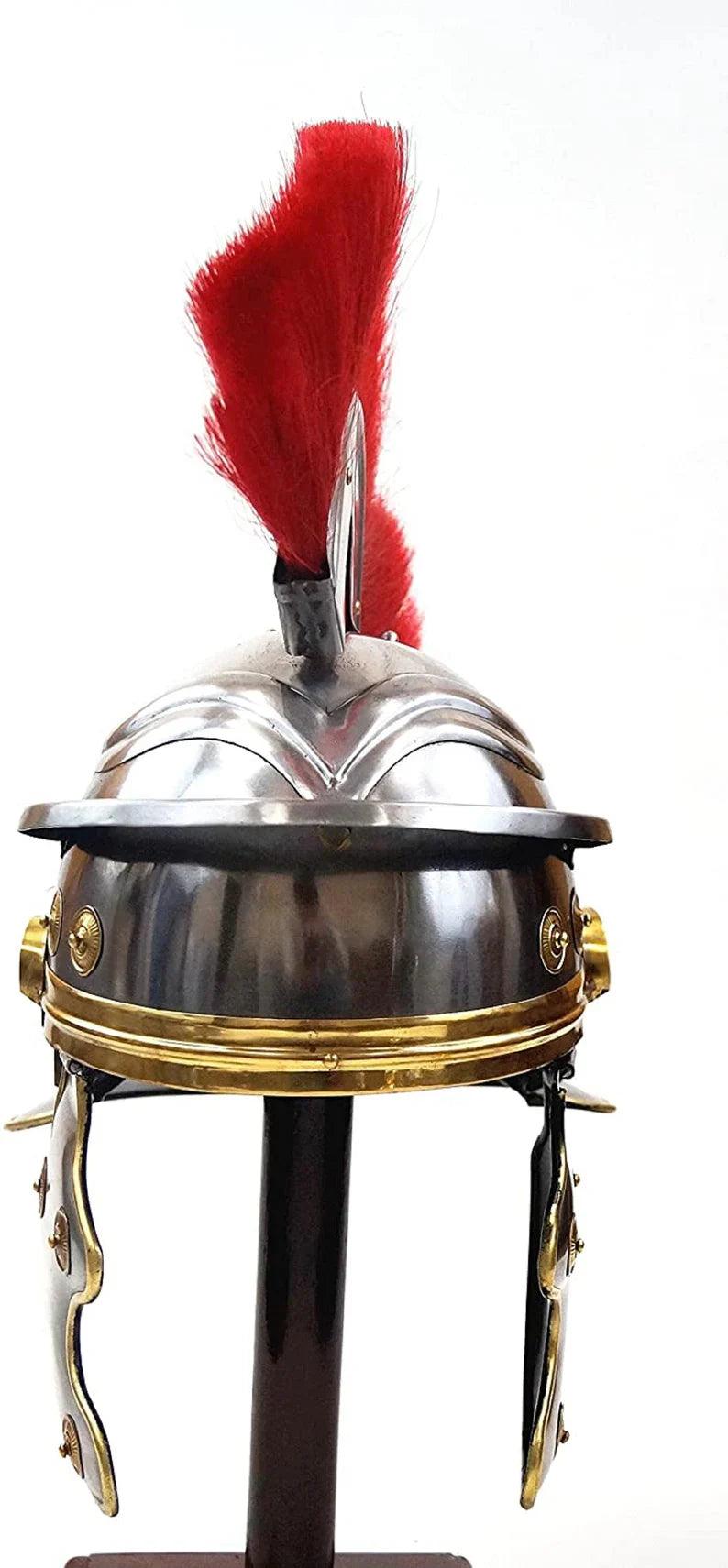
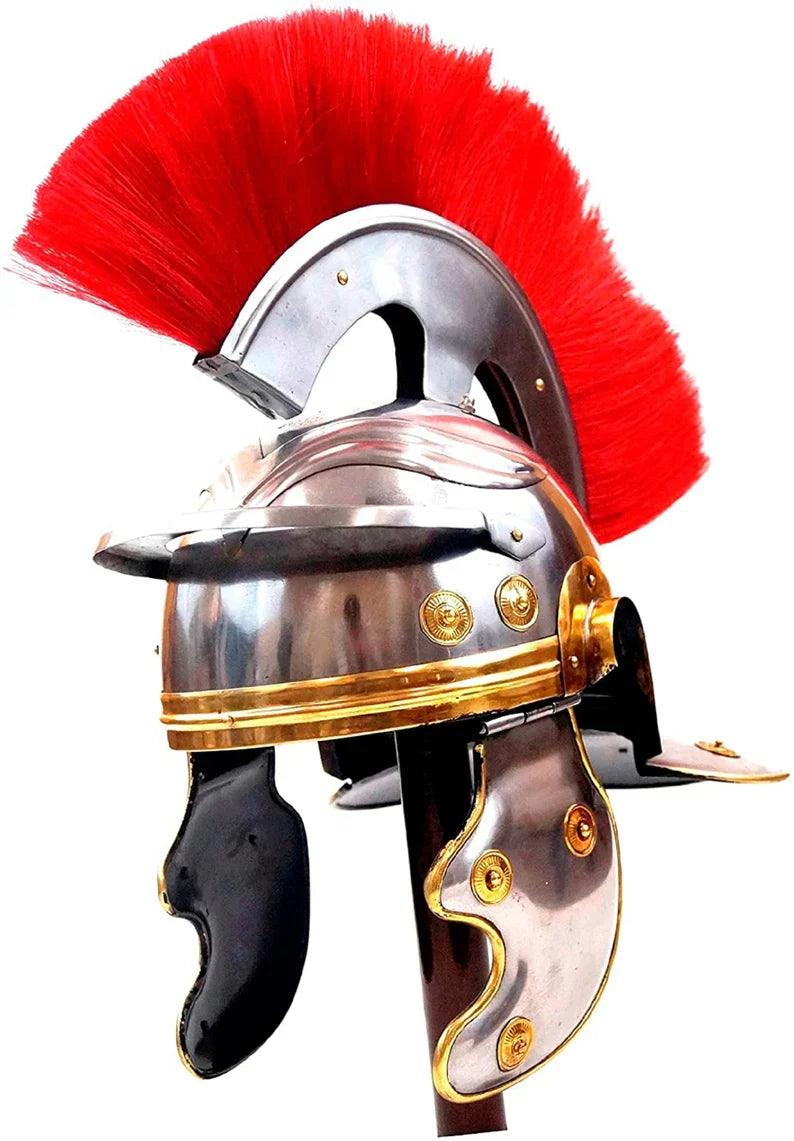
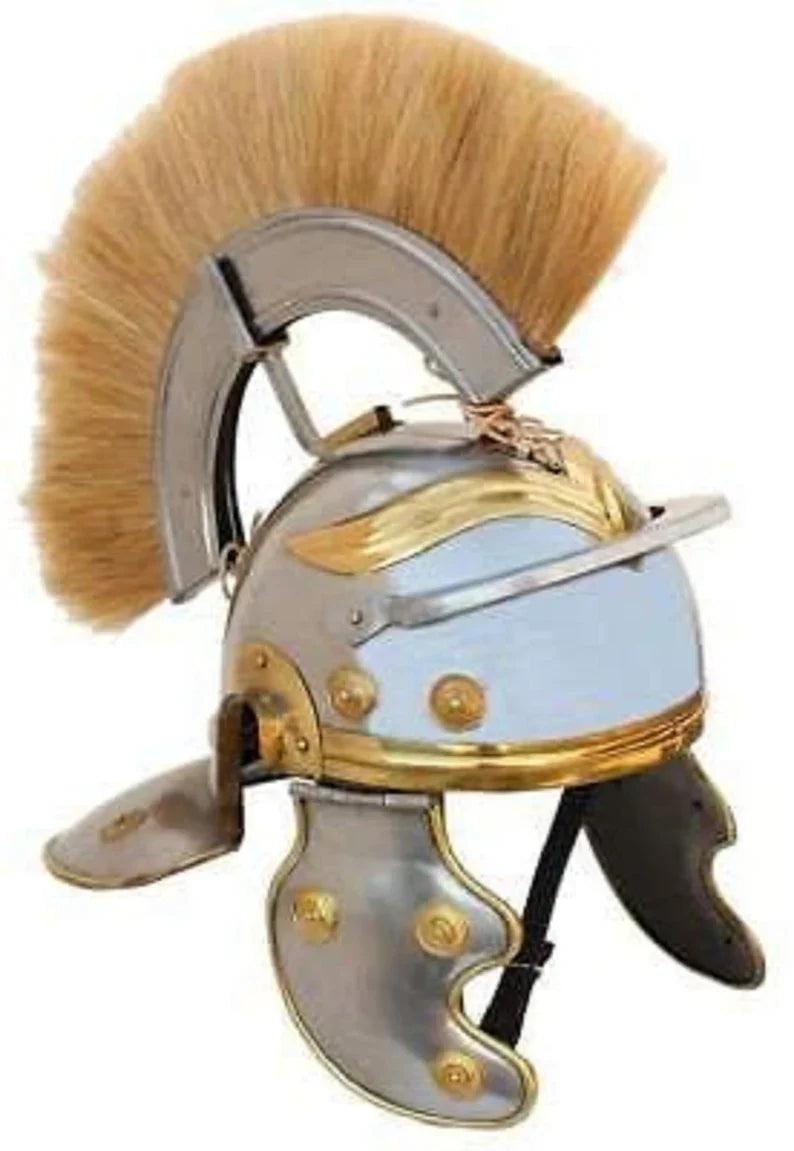
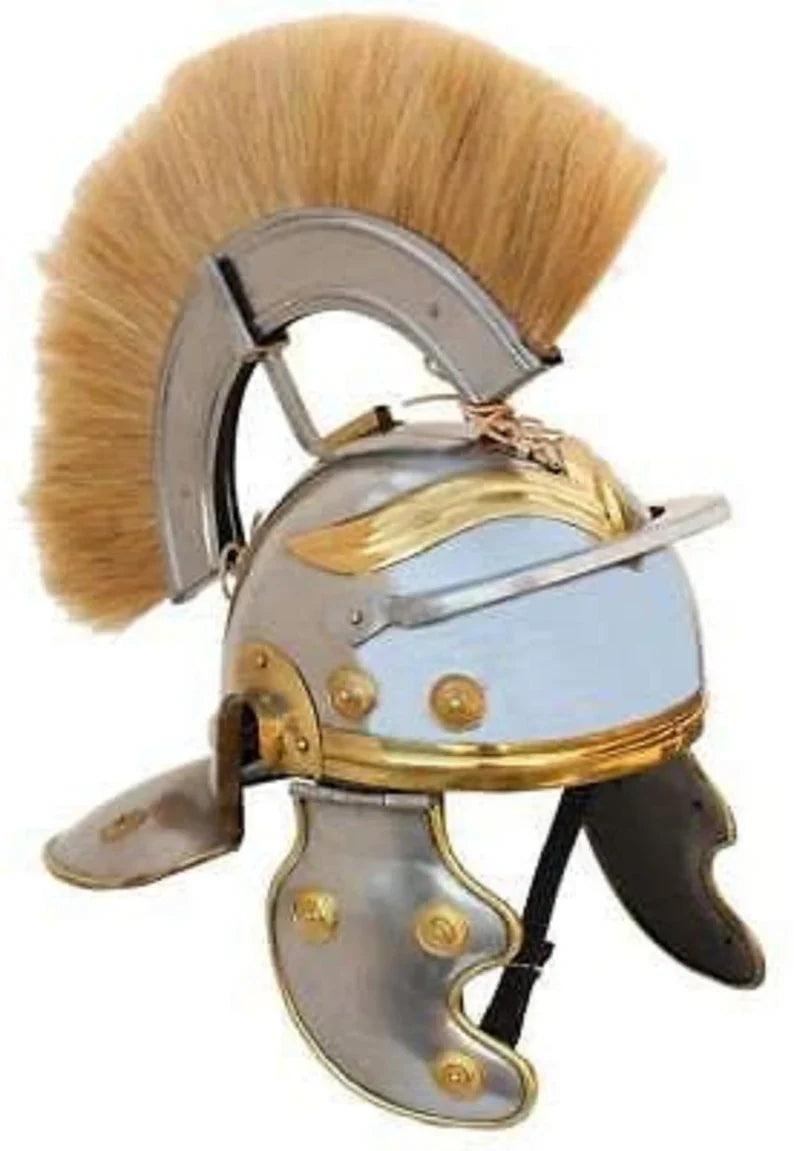
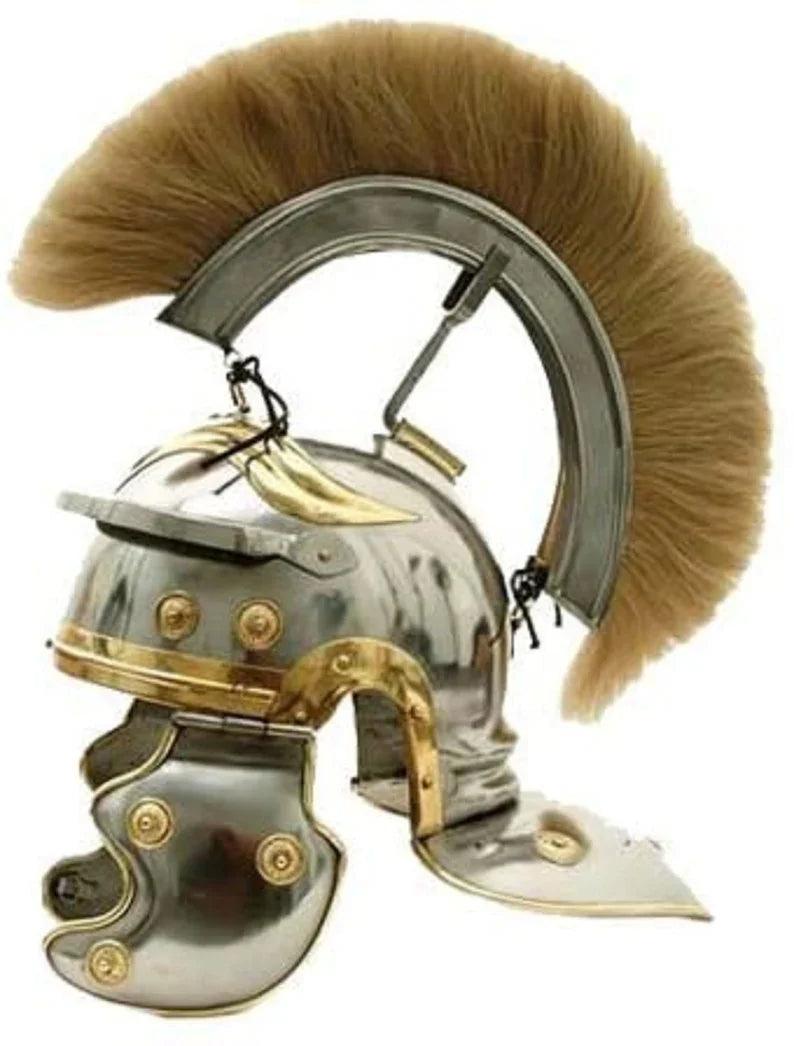






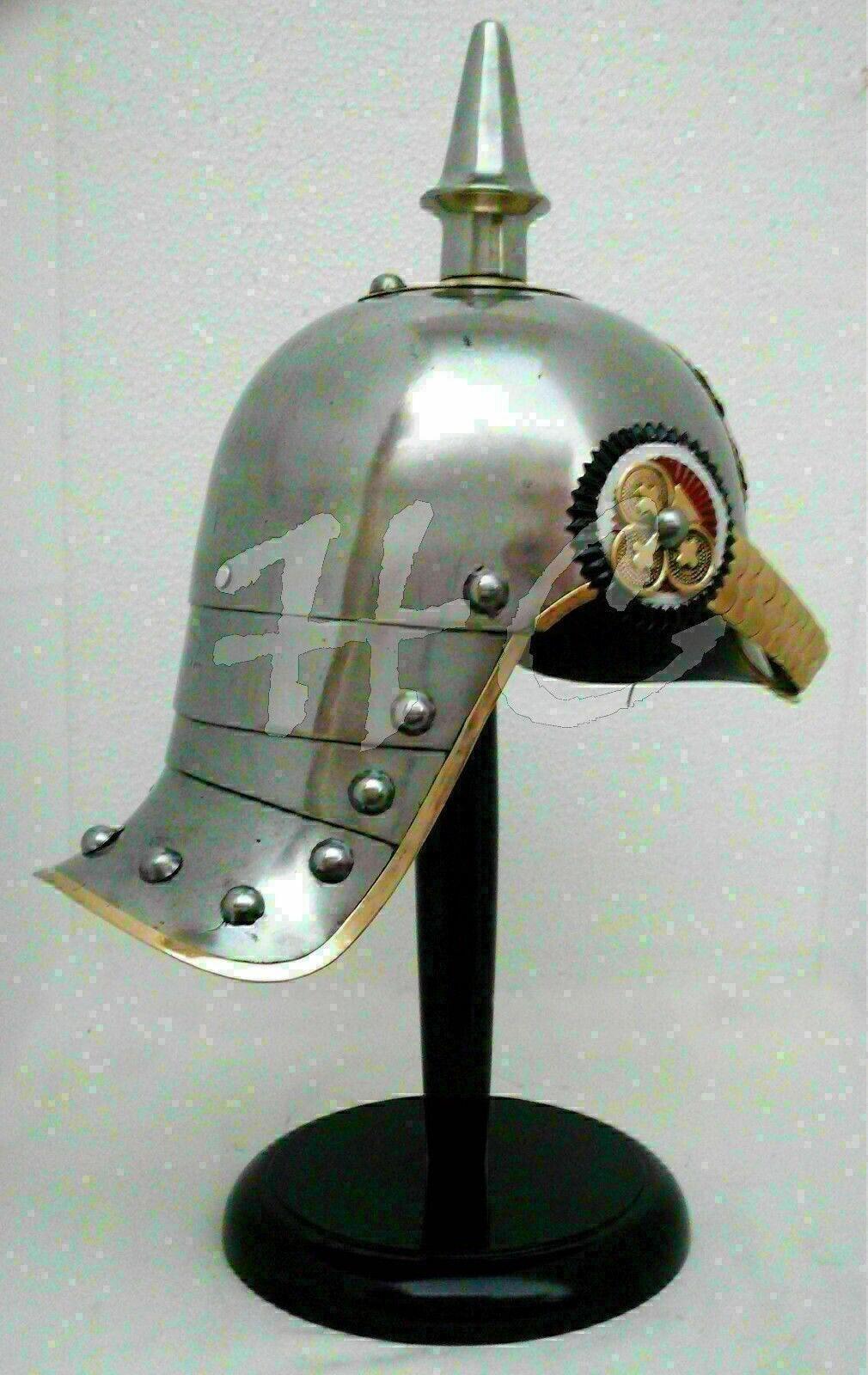
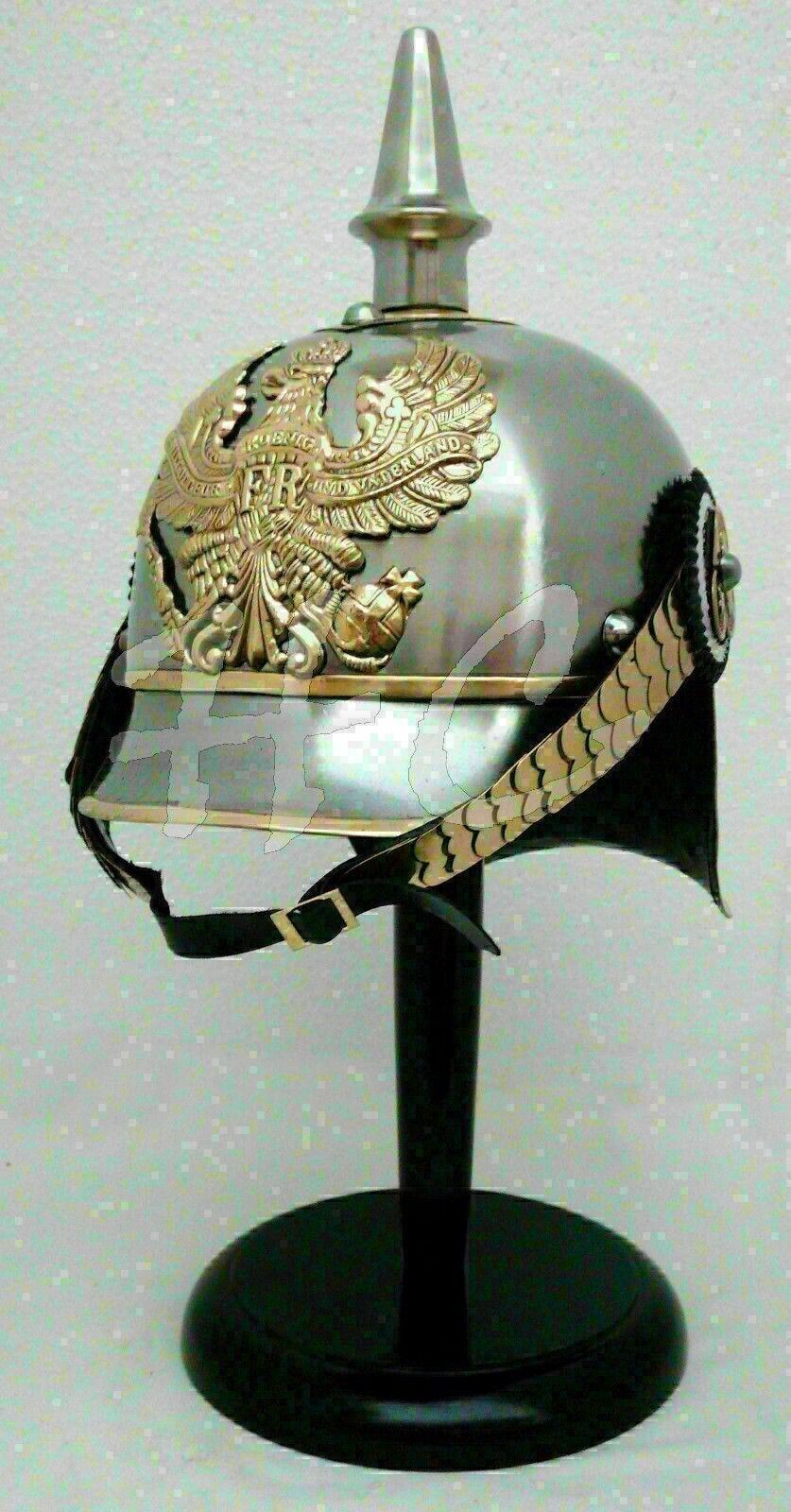
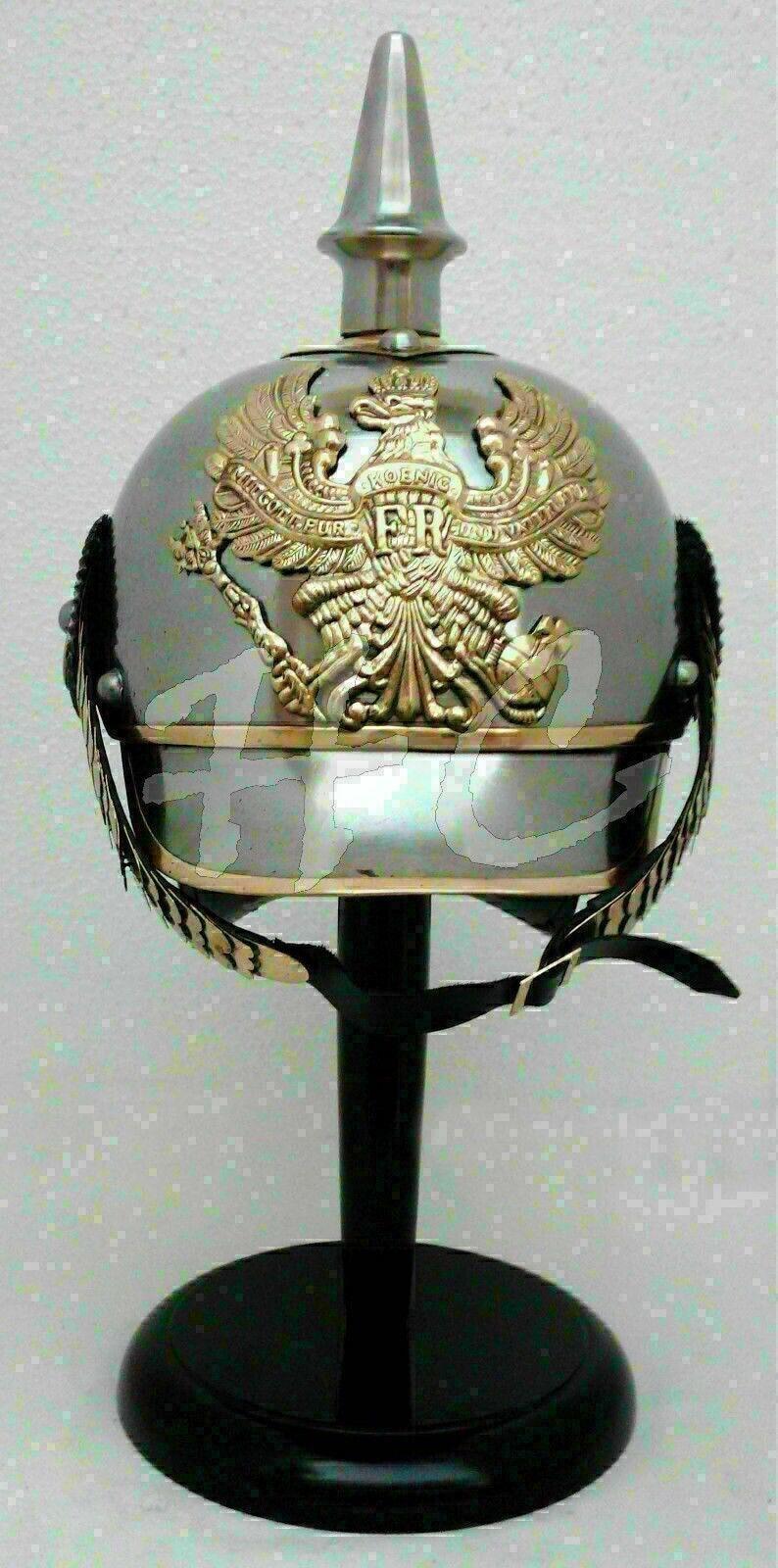
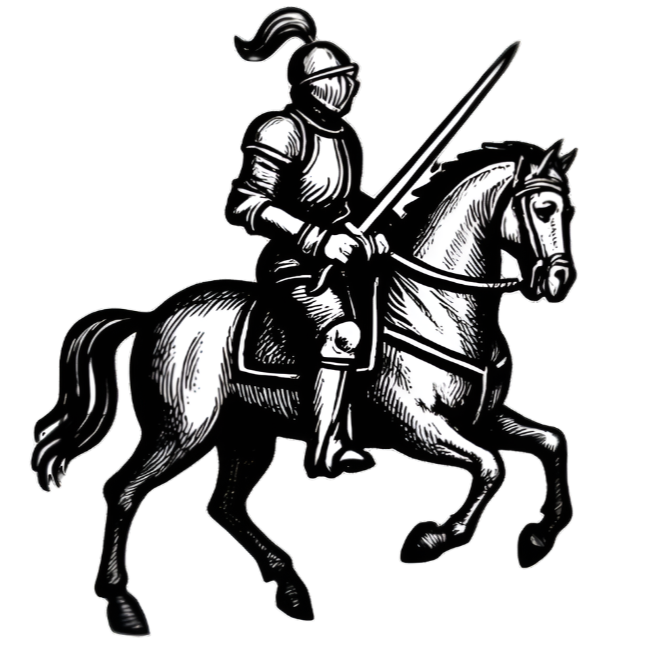 Company Info
Company Info